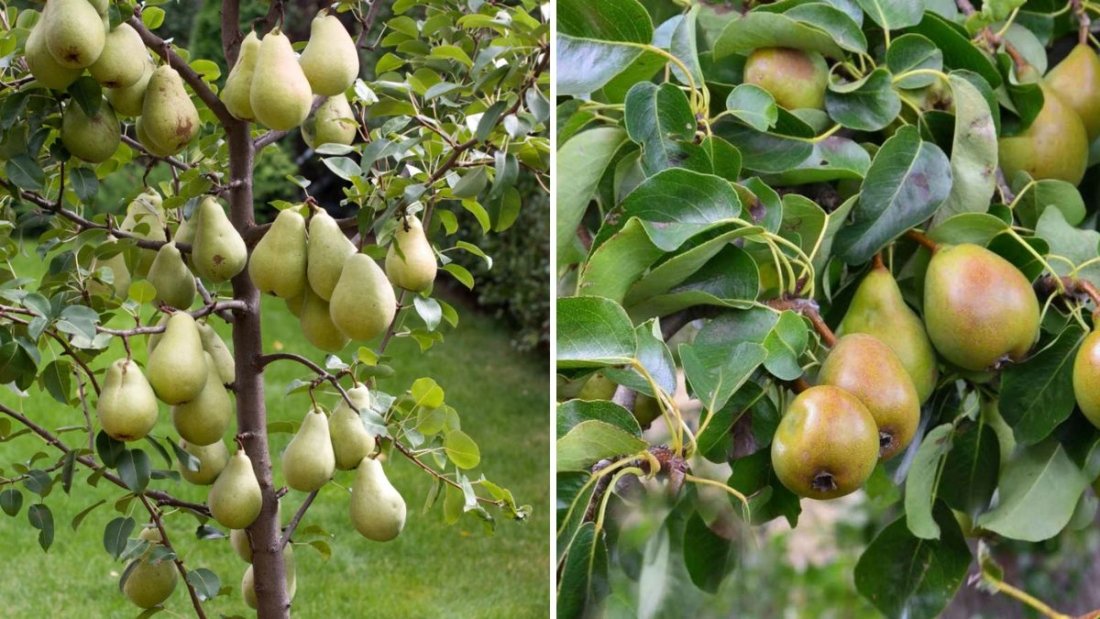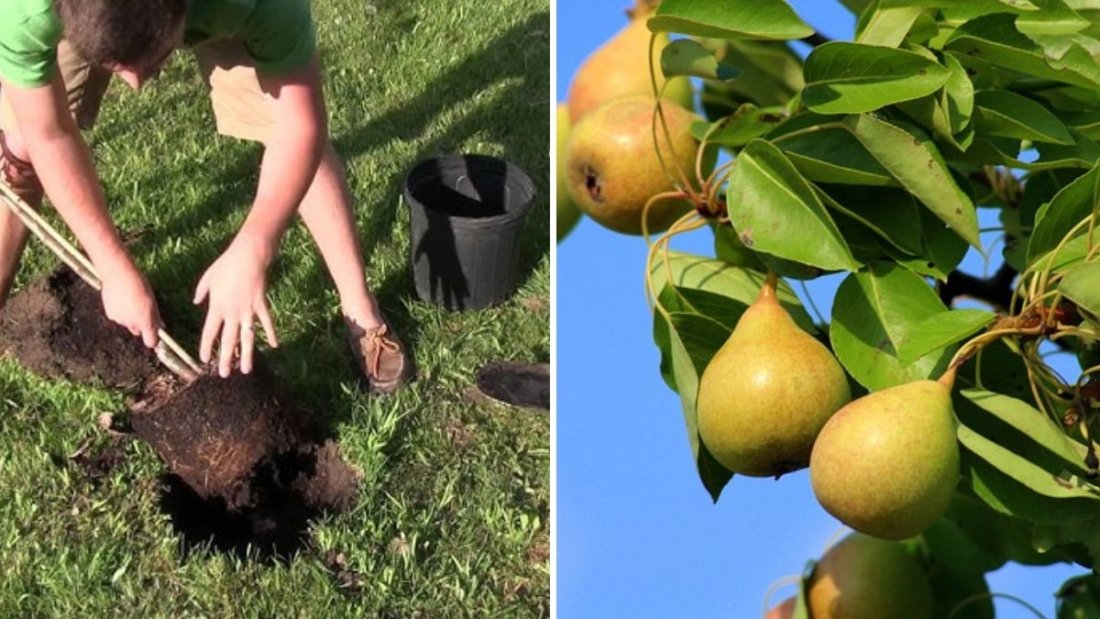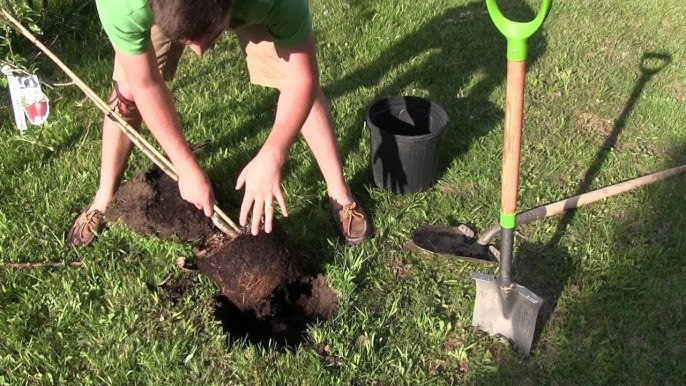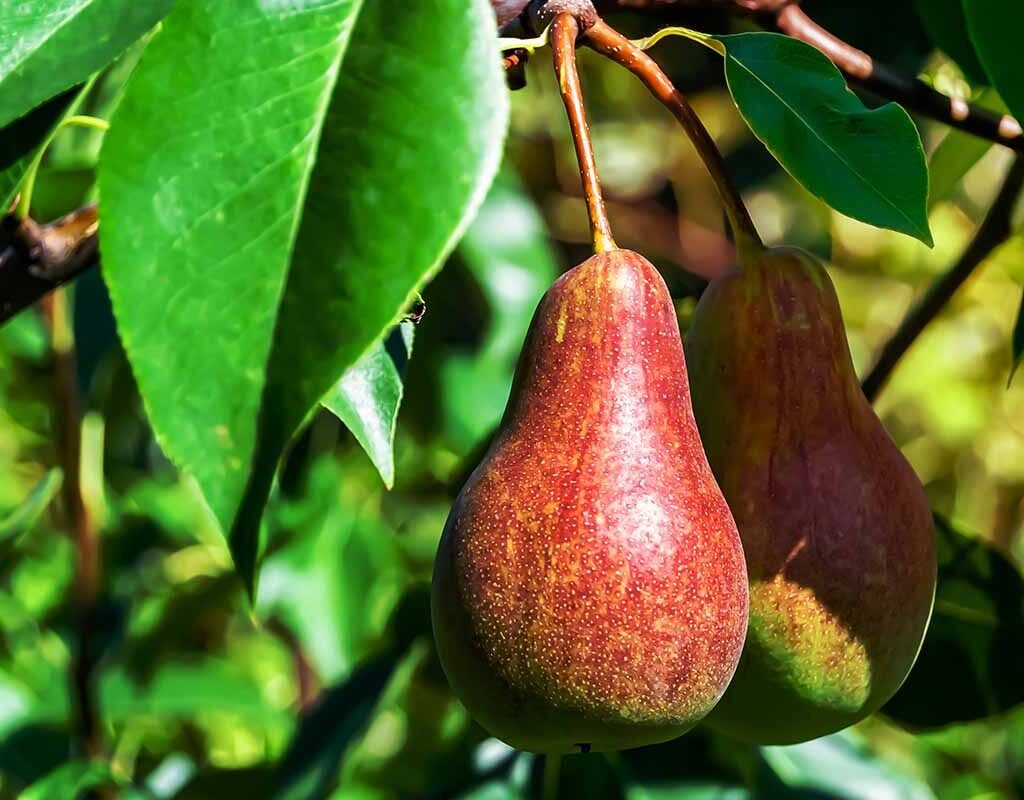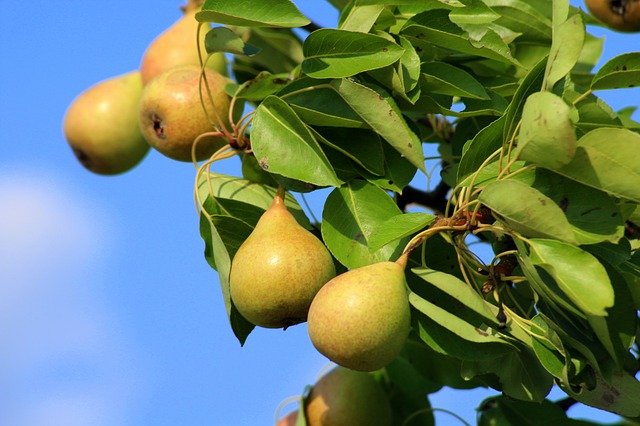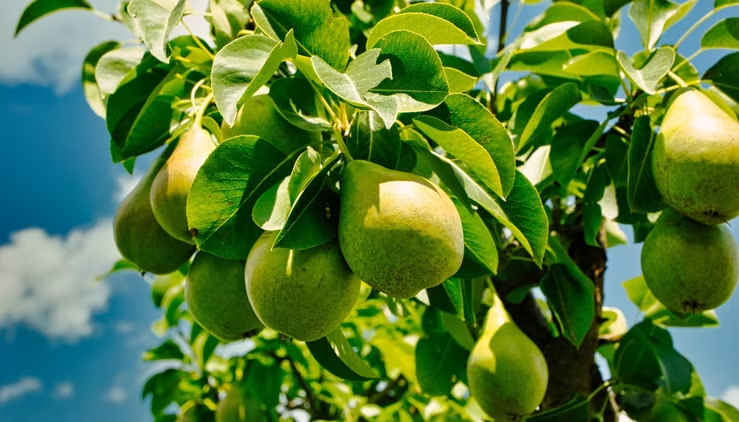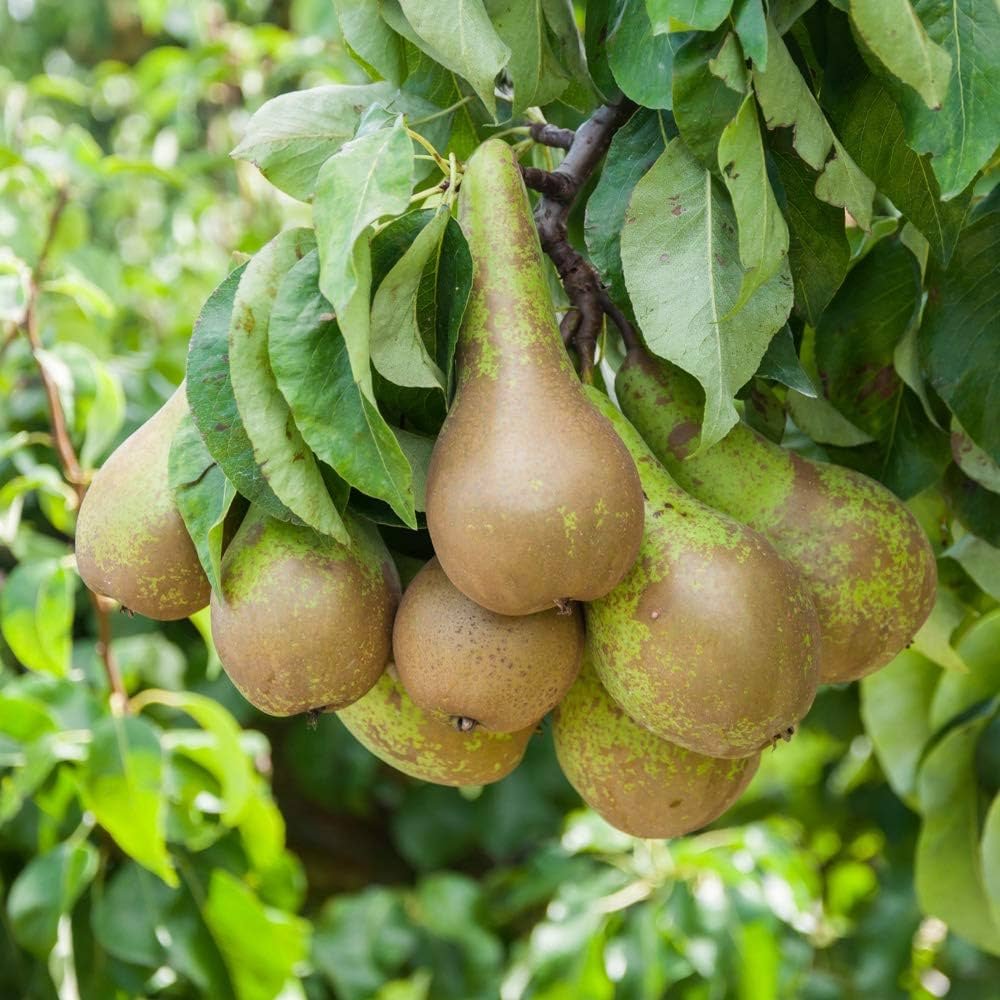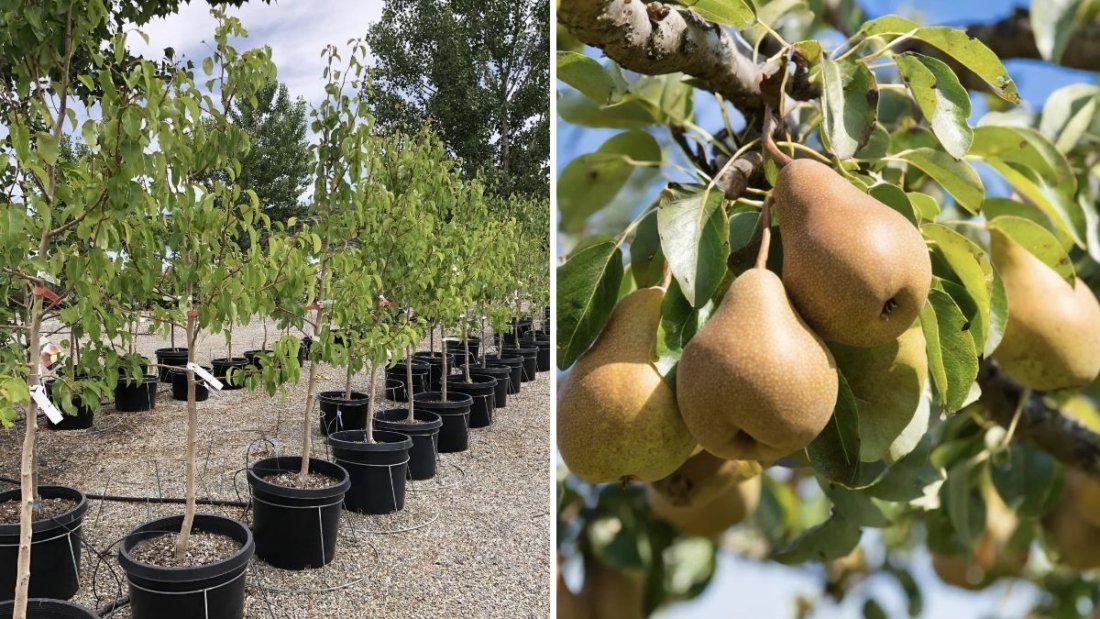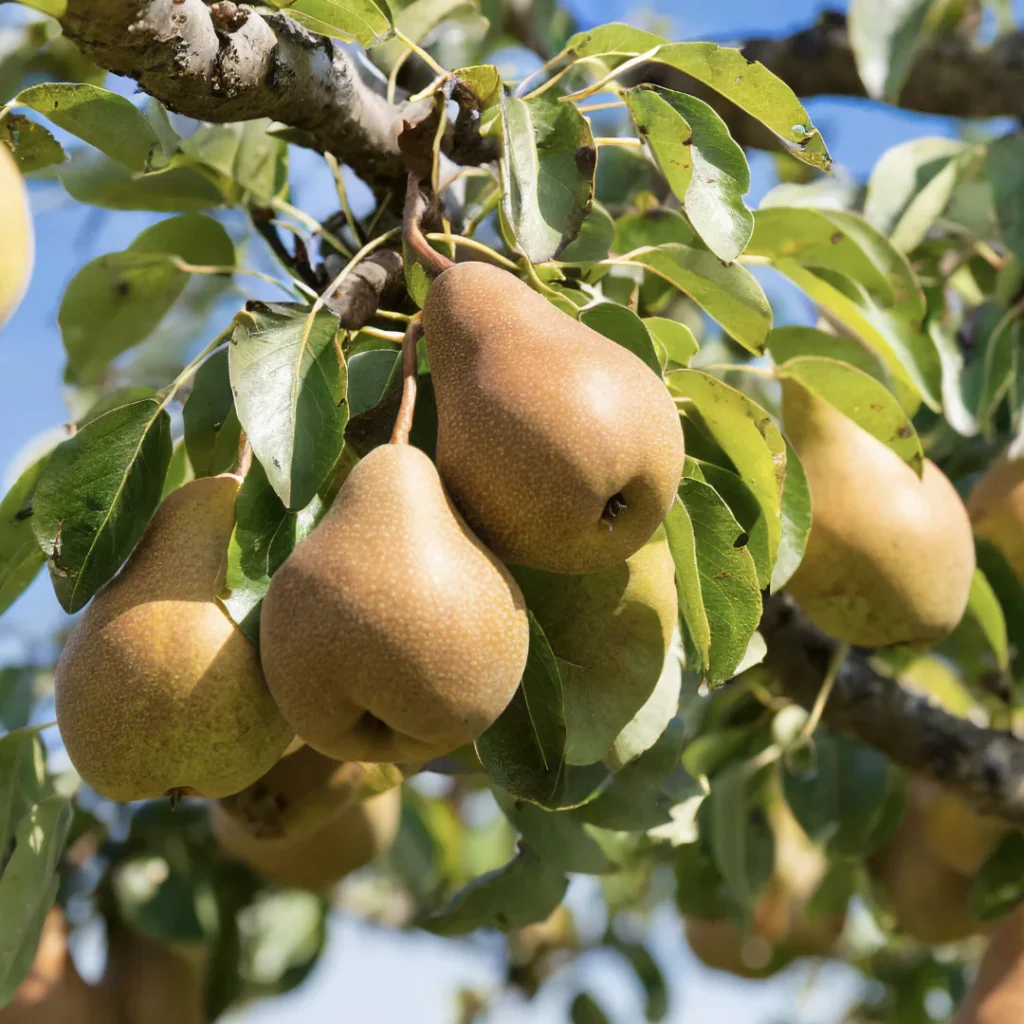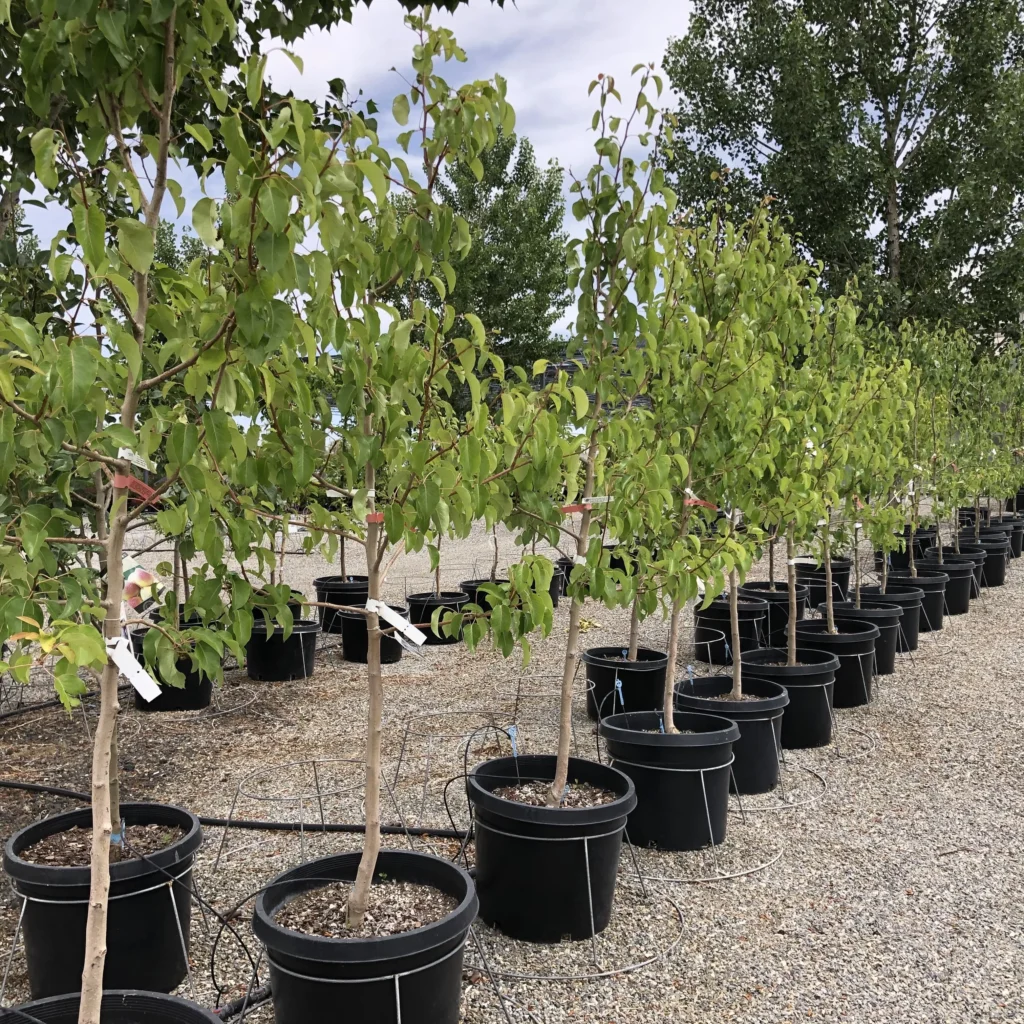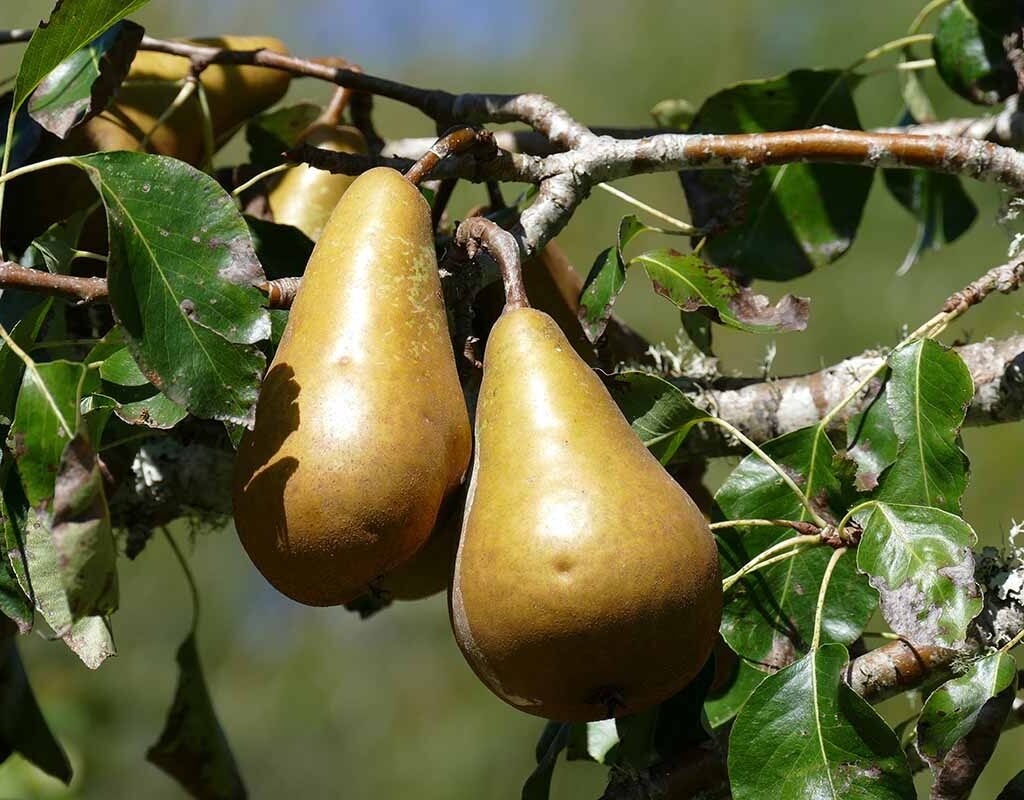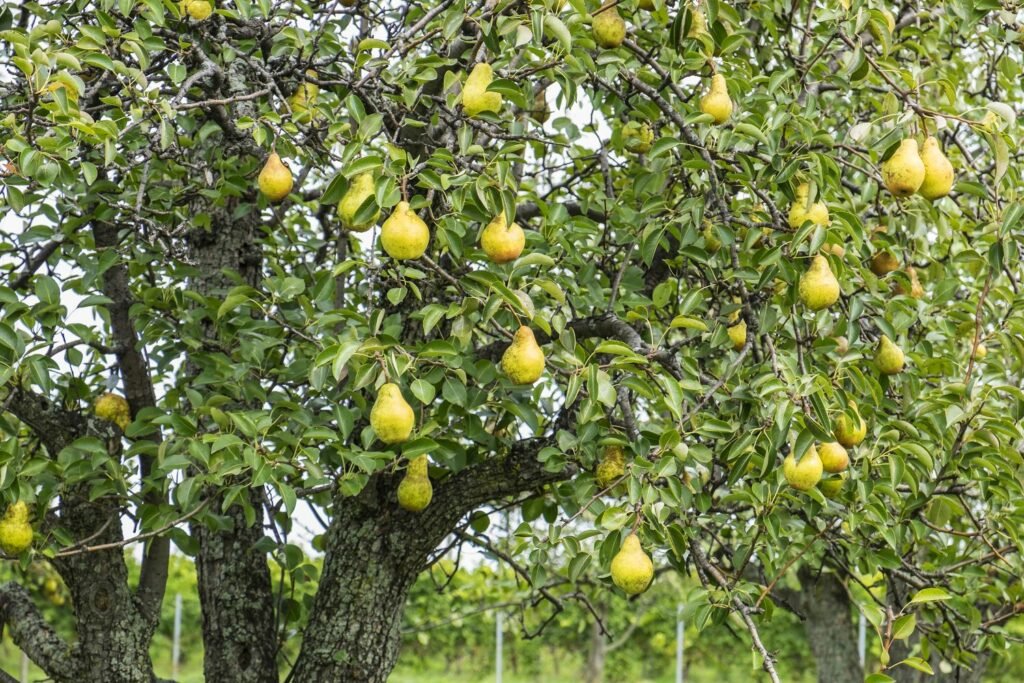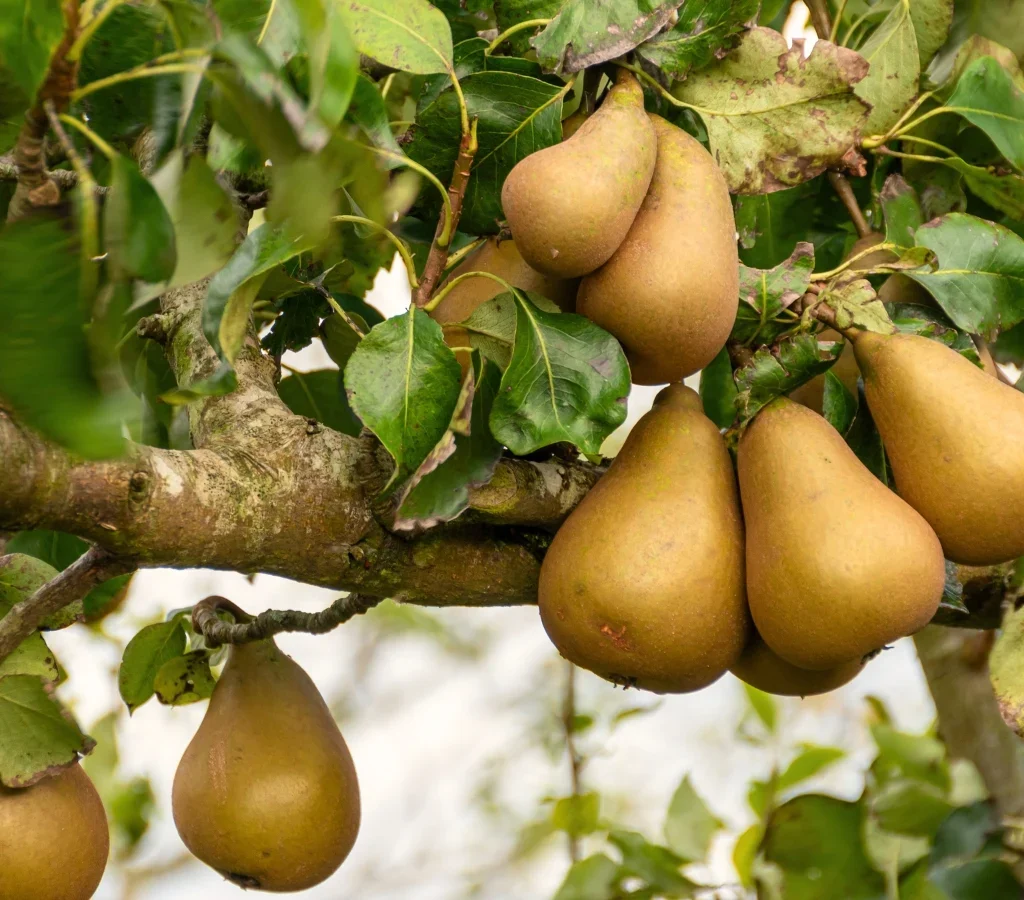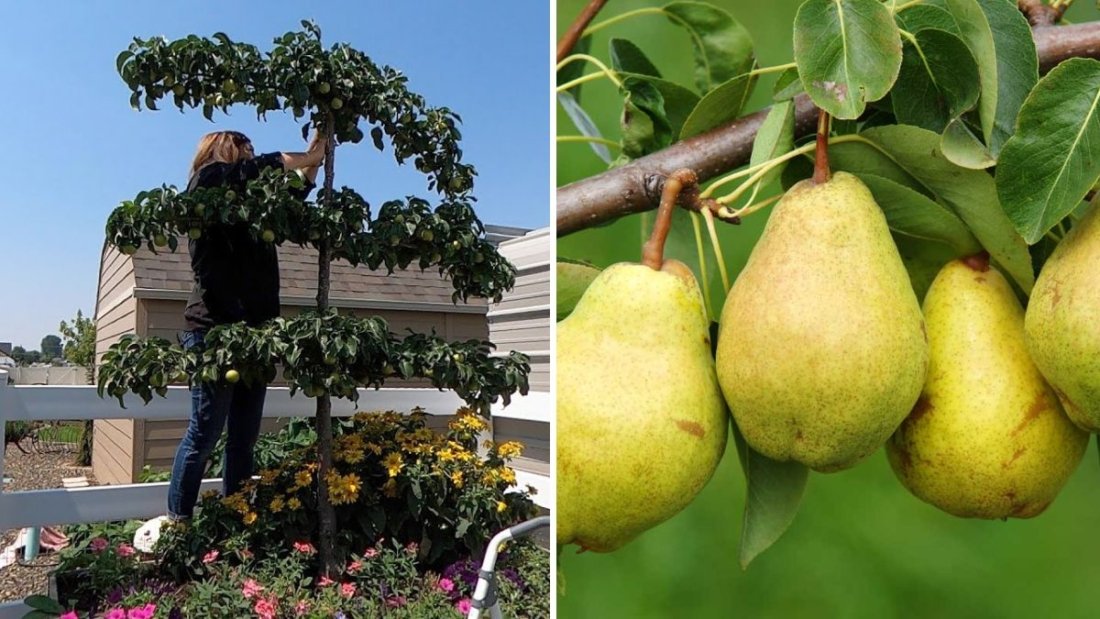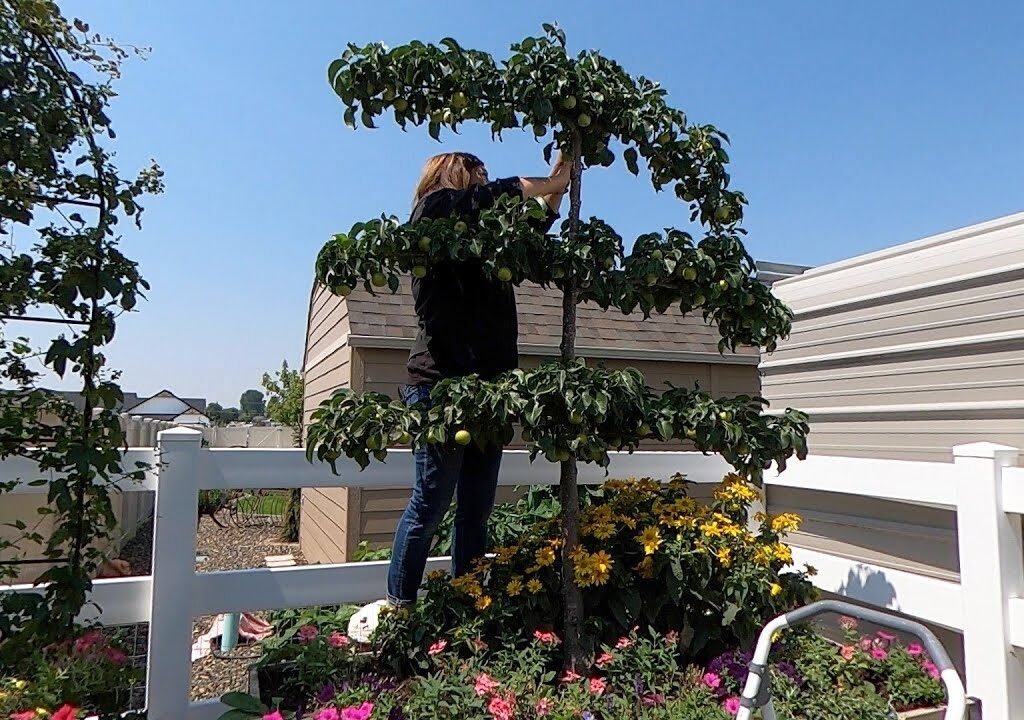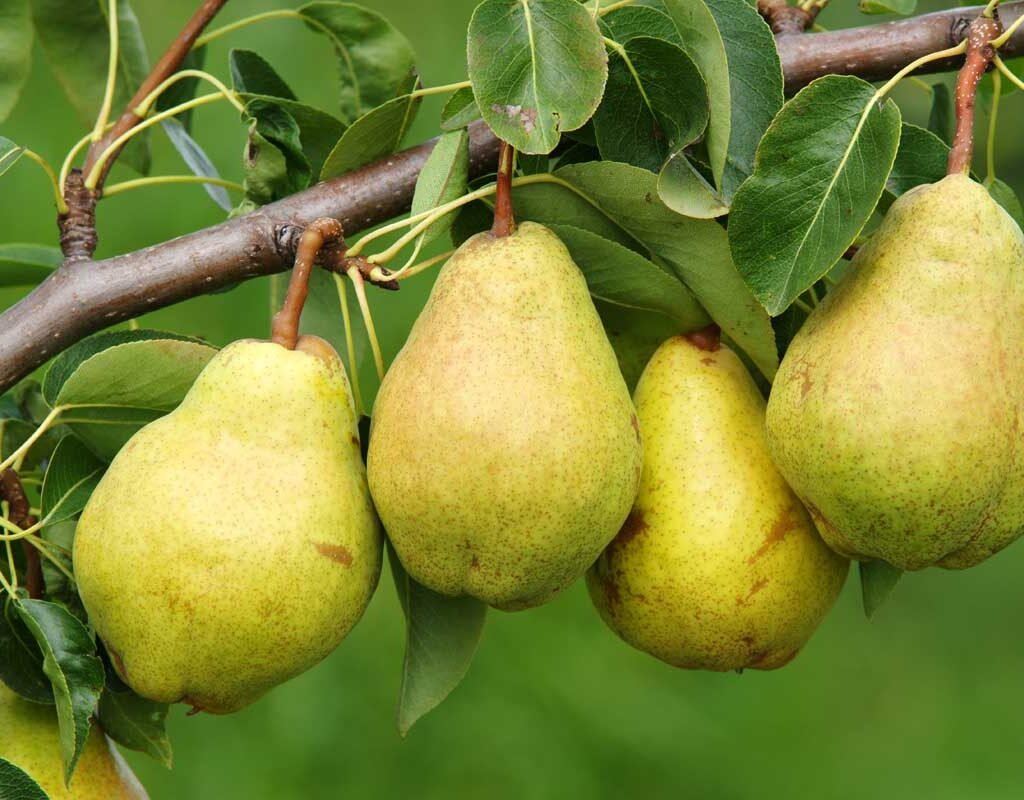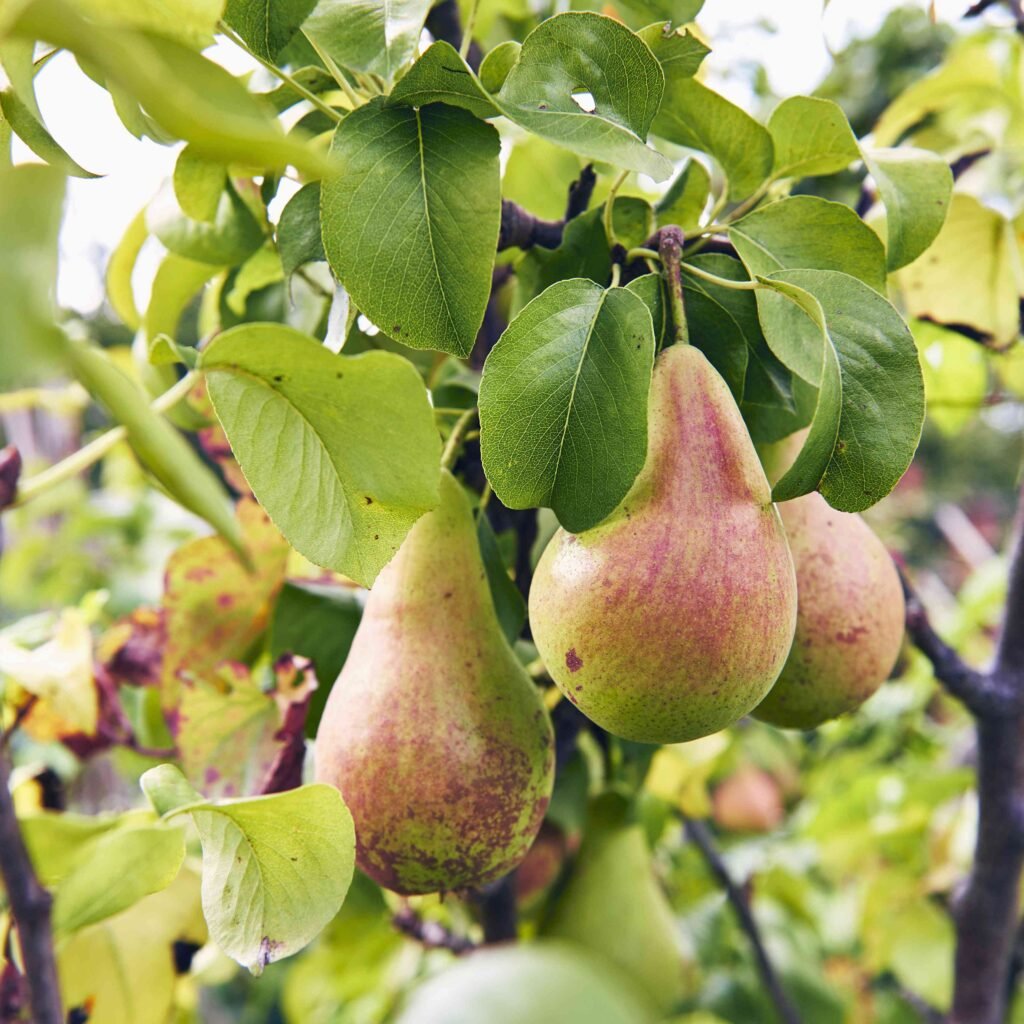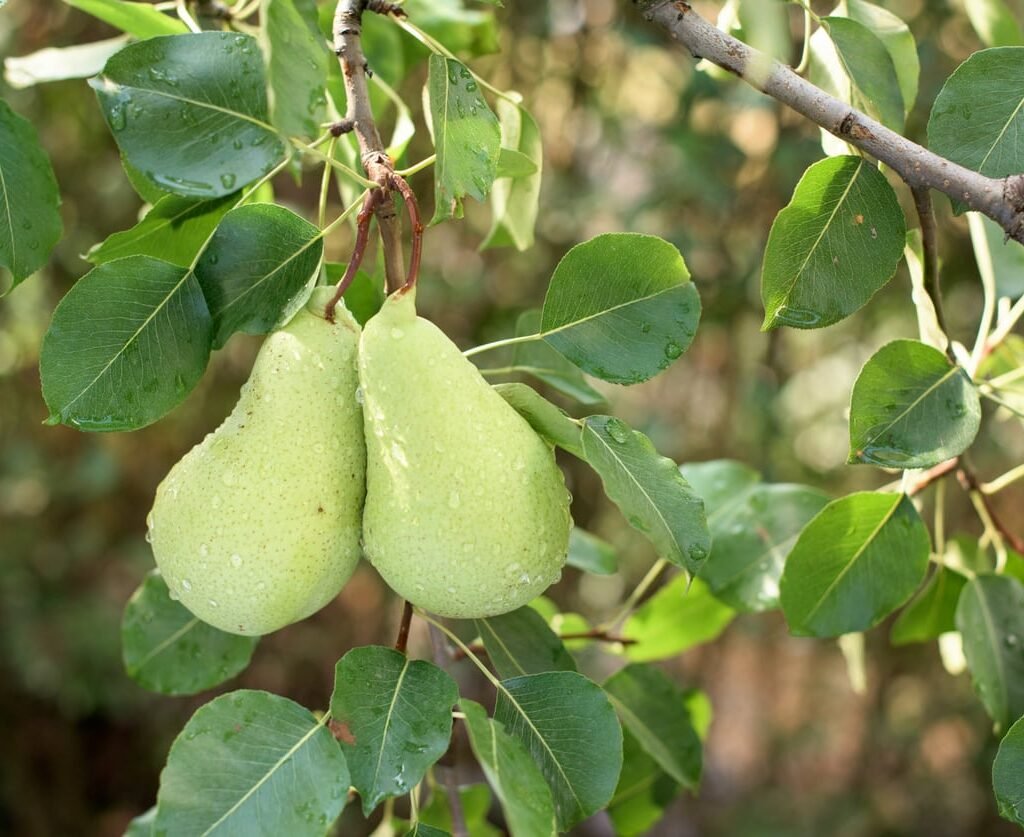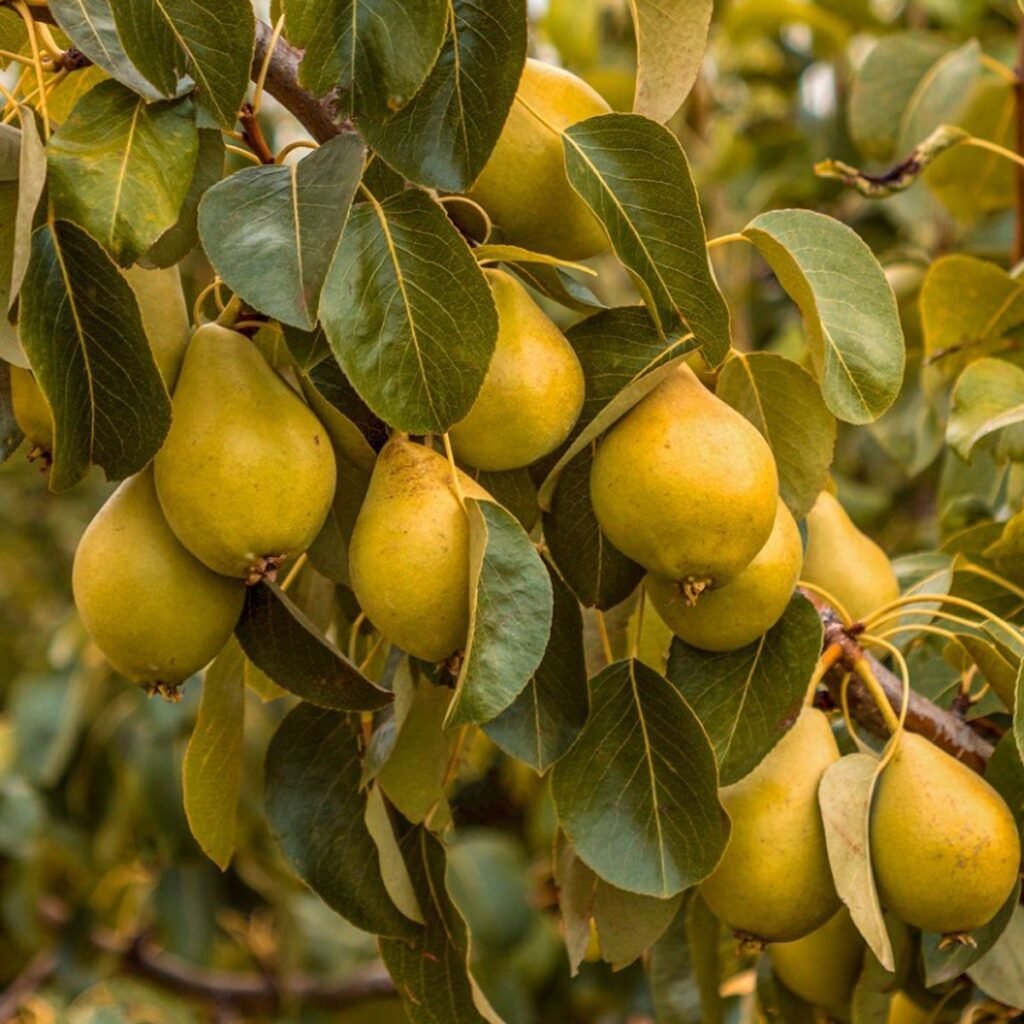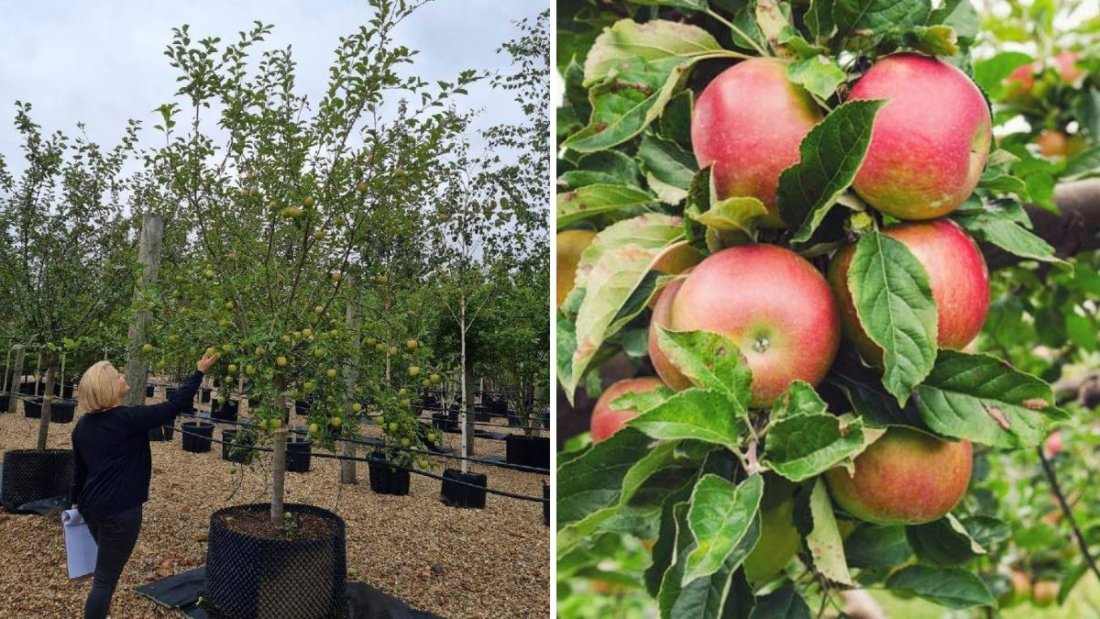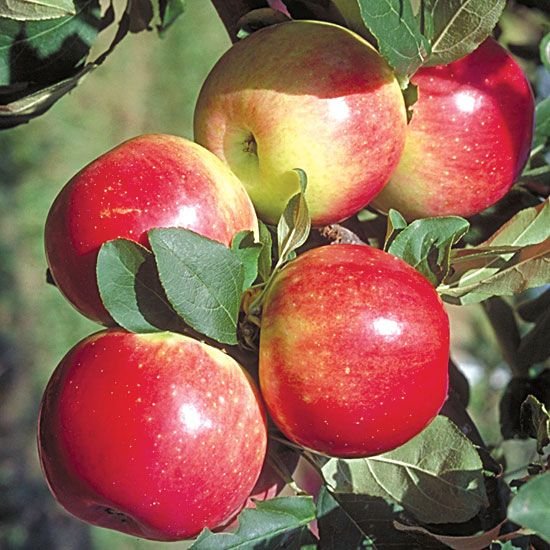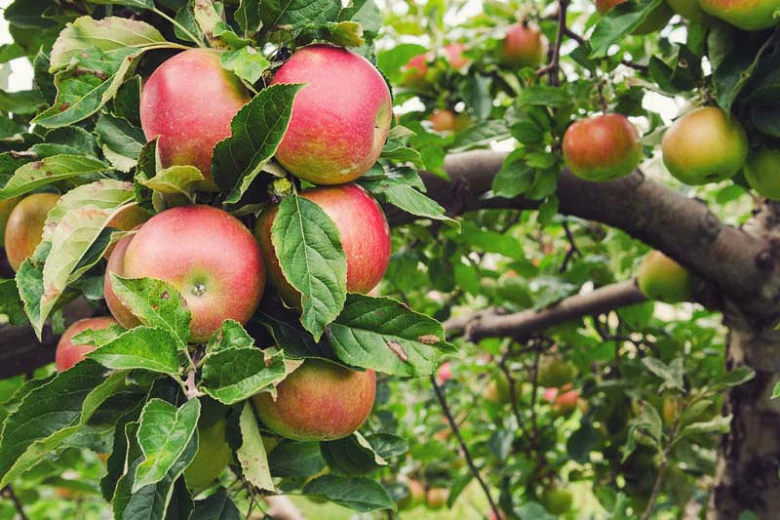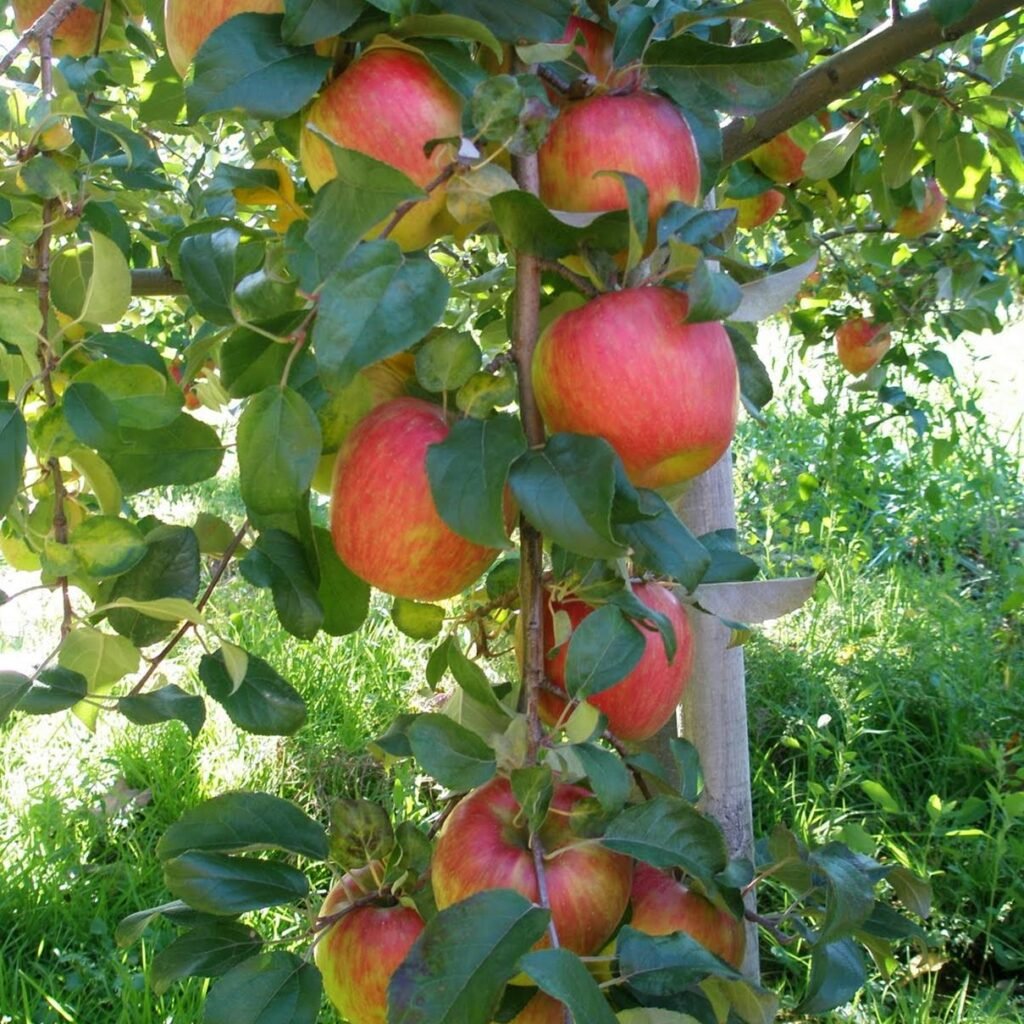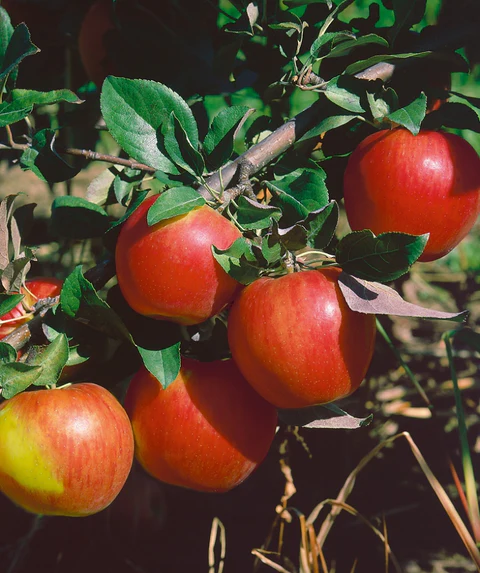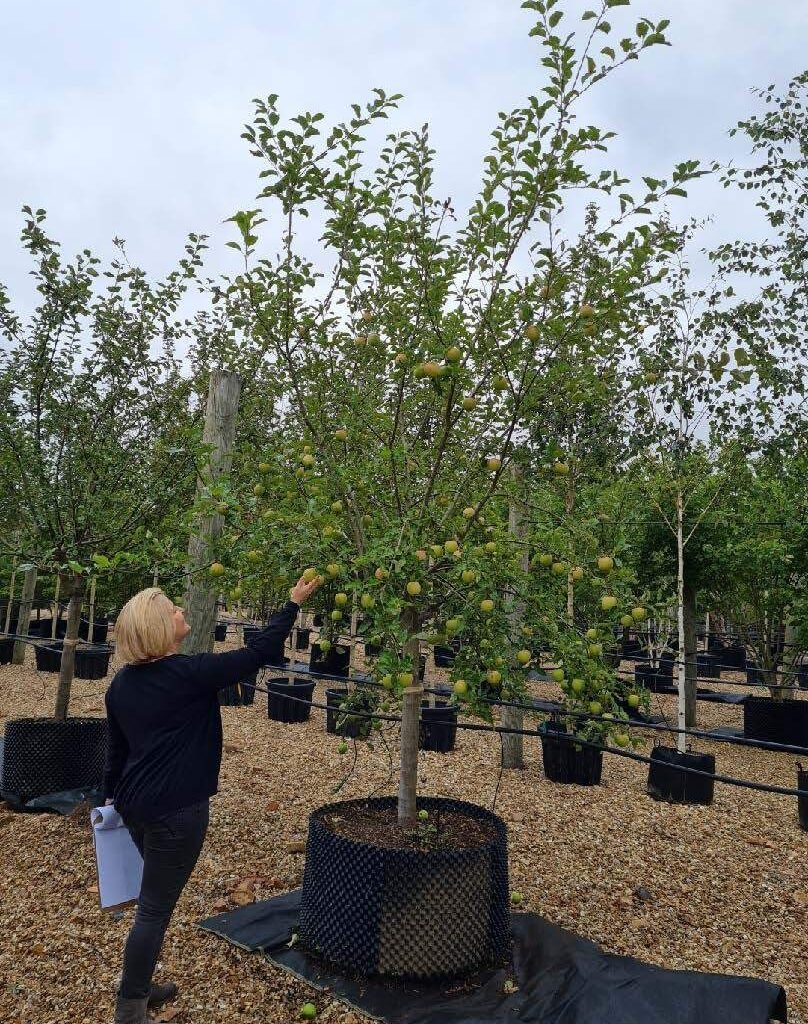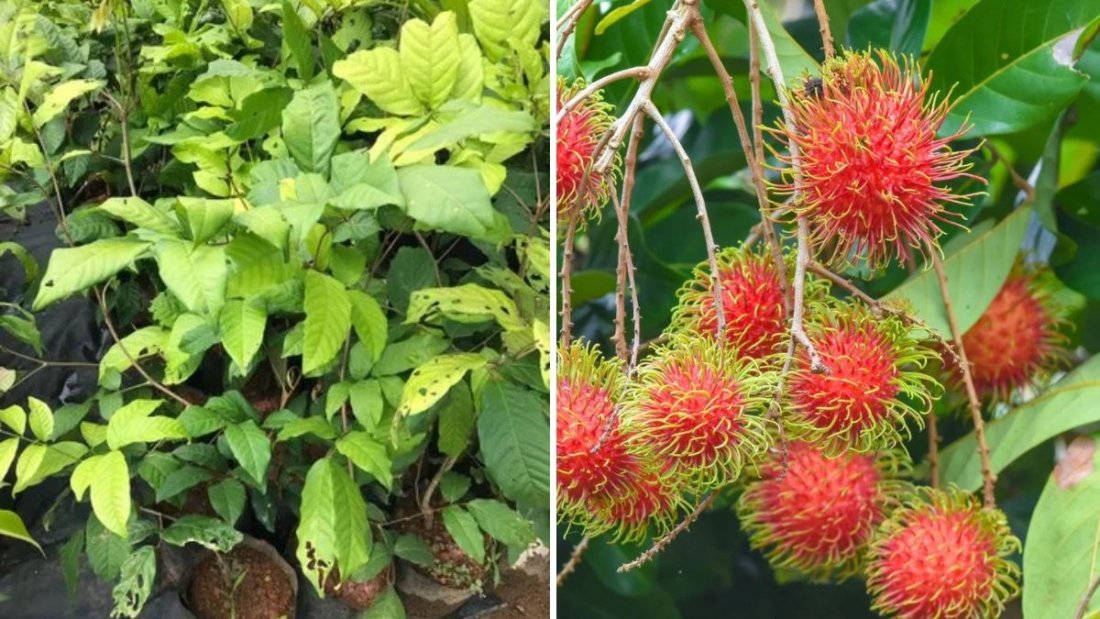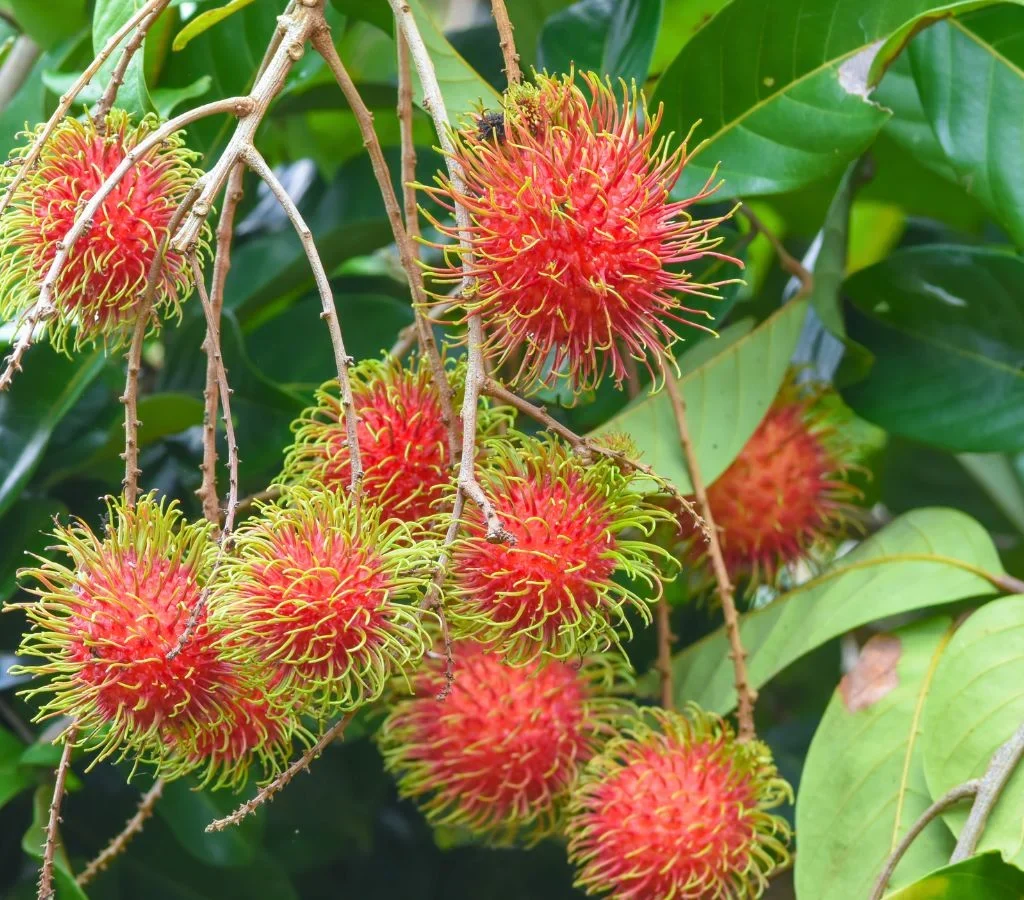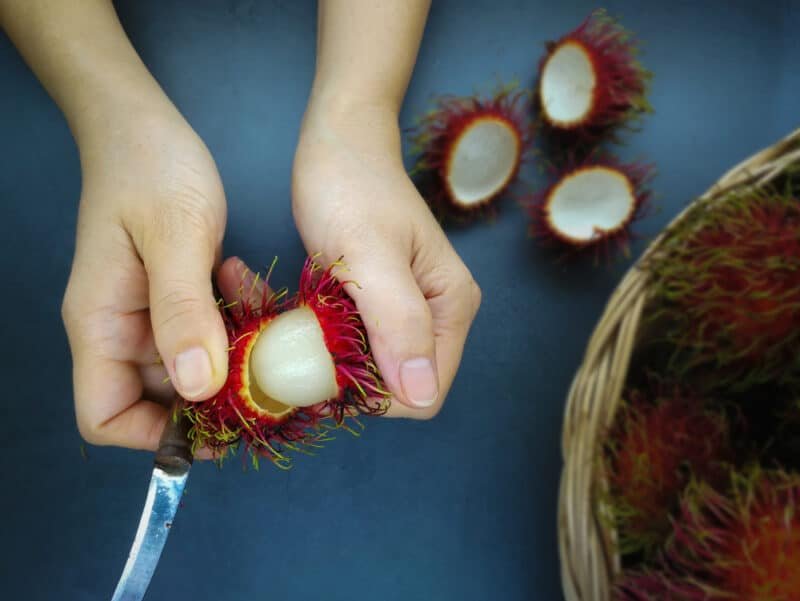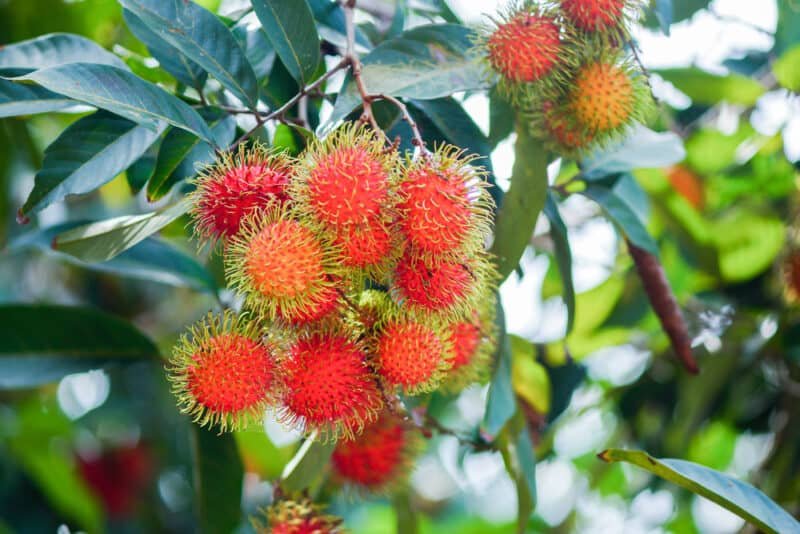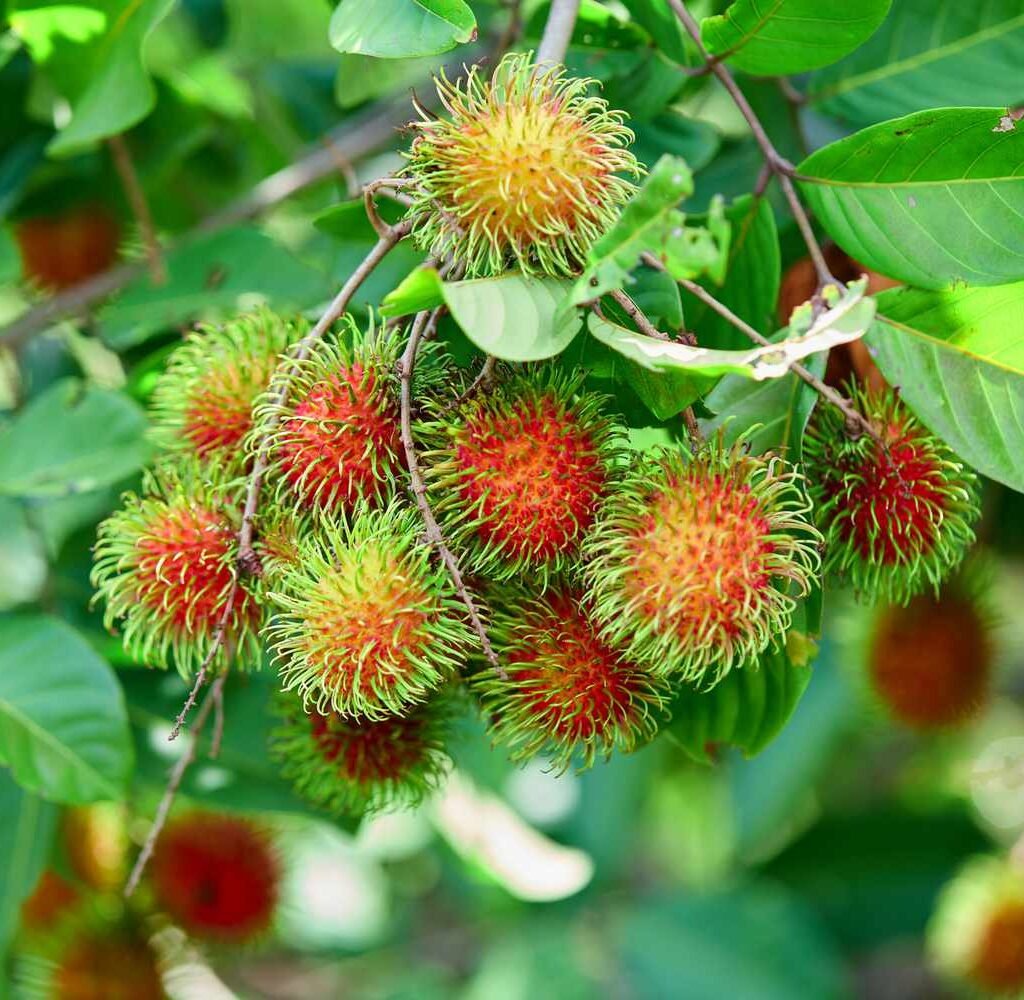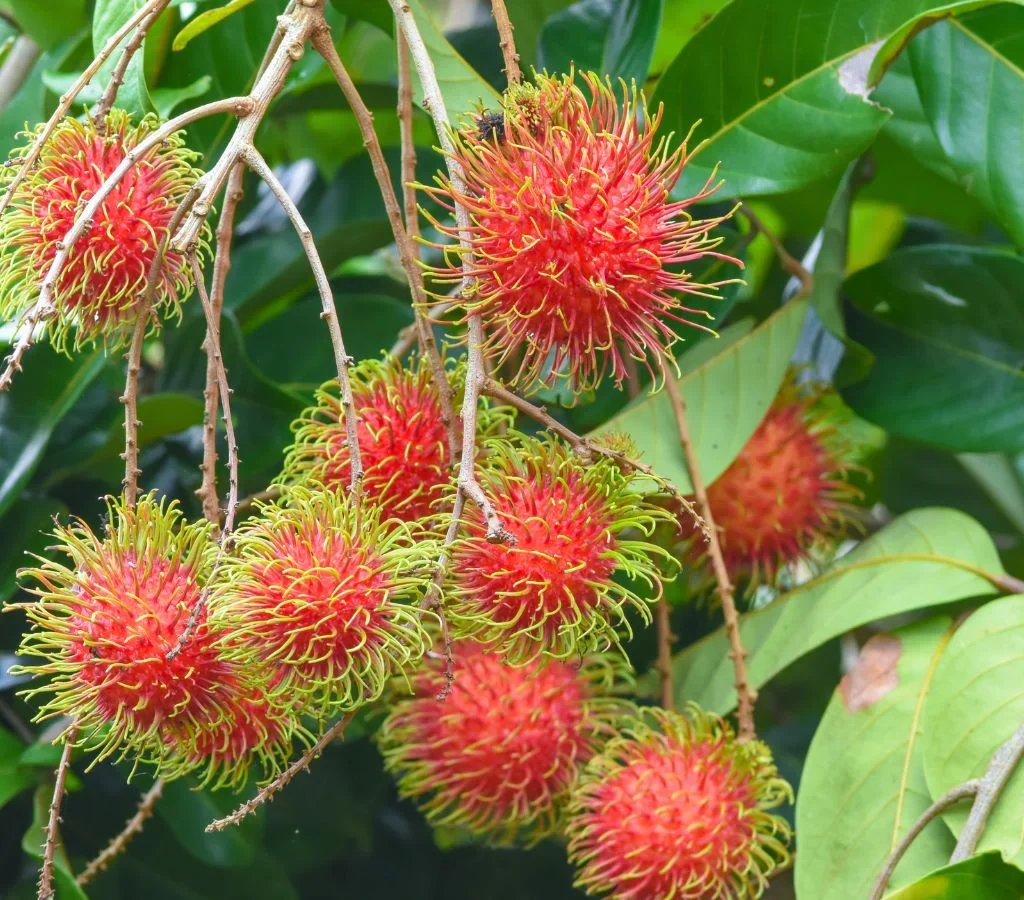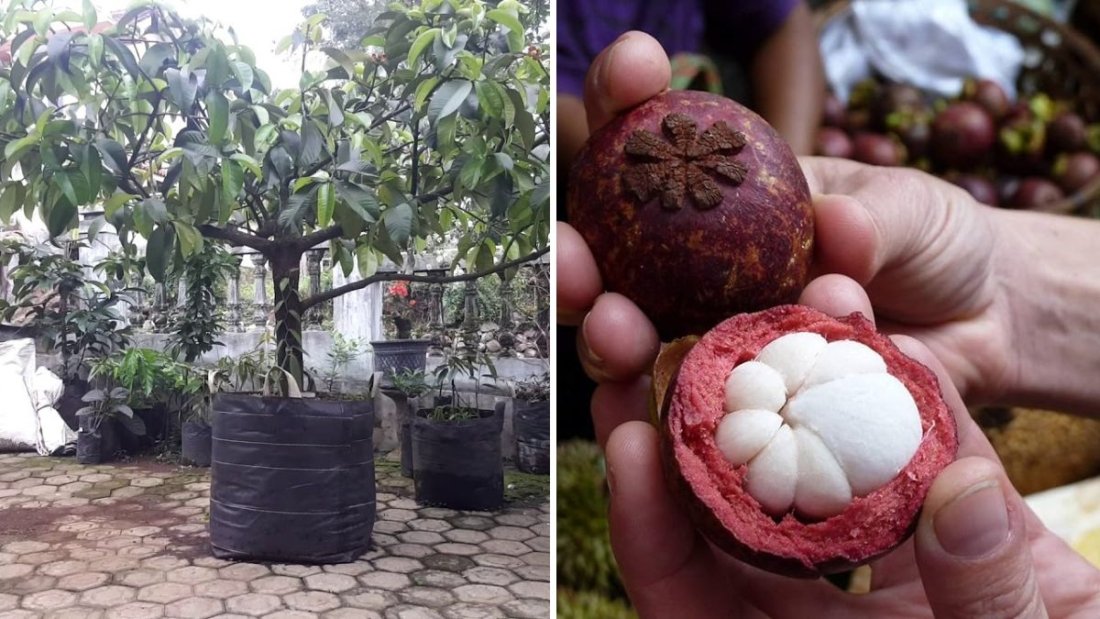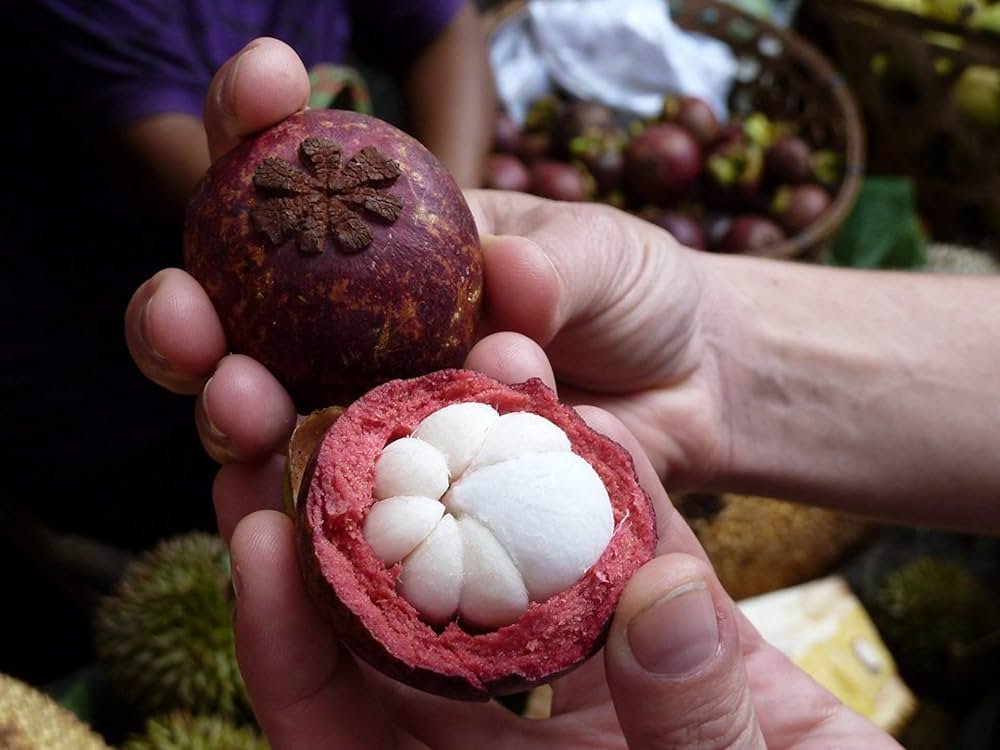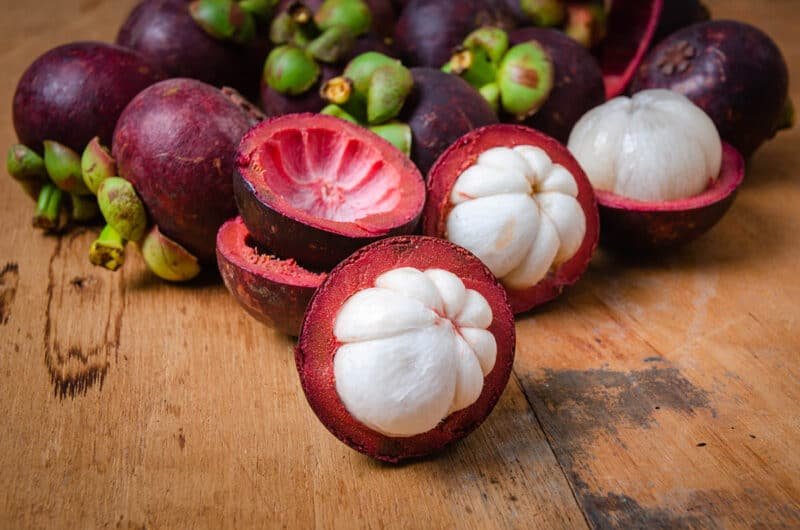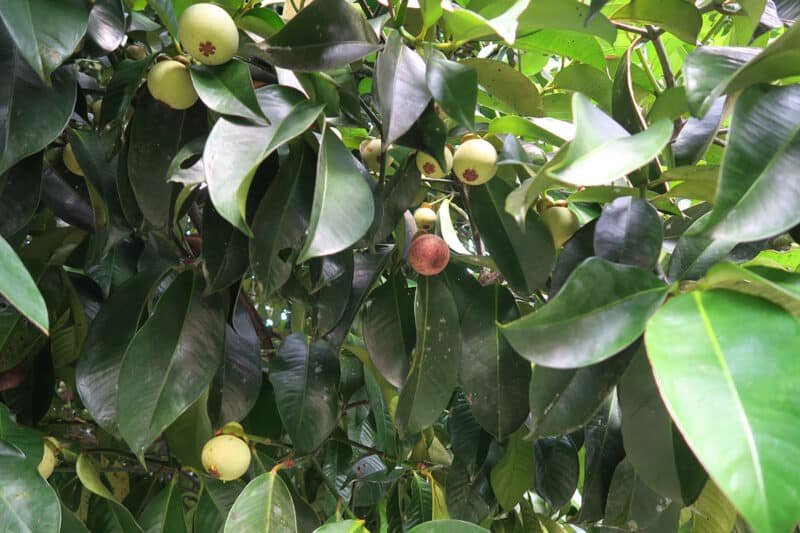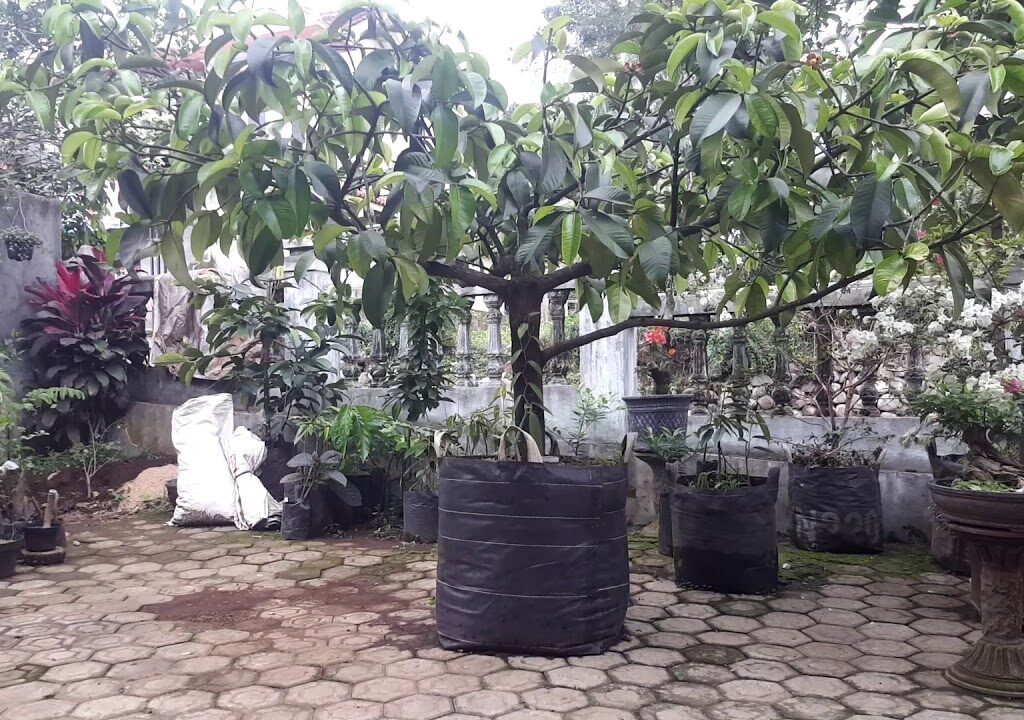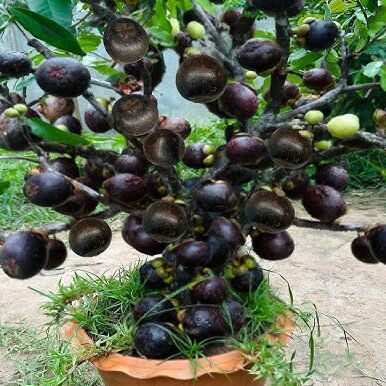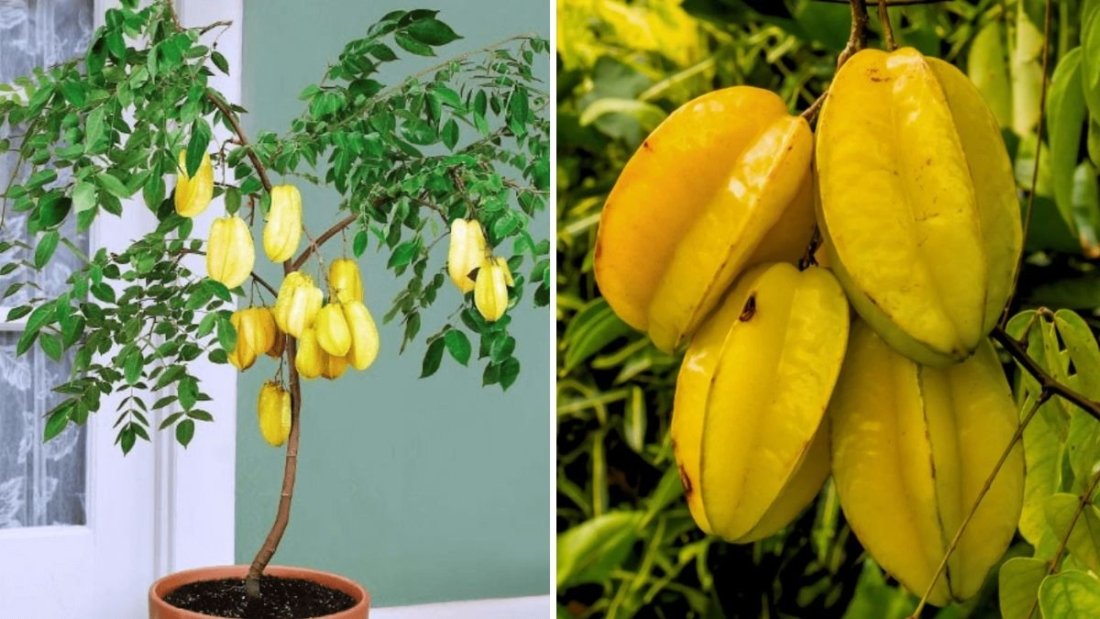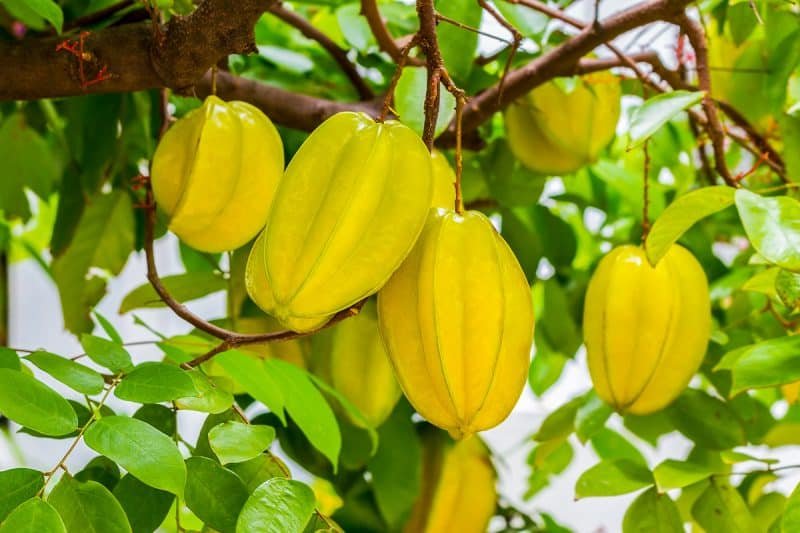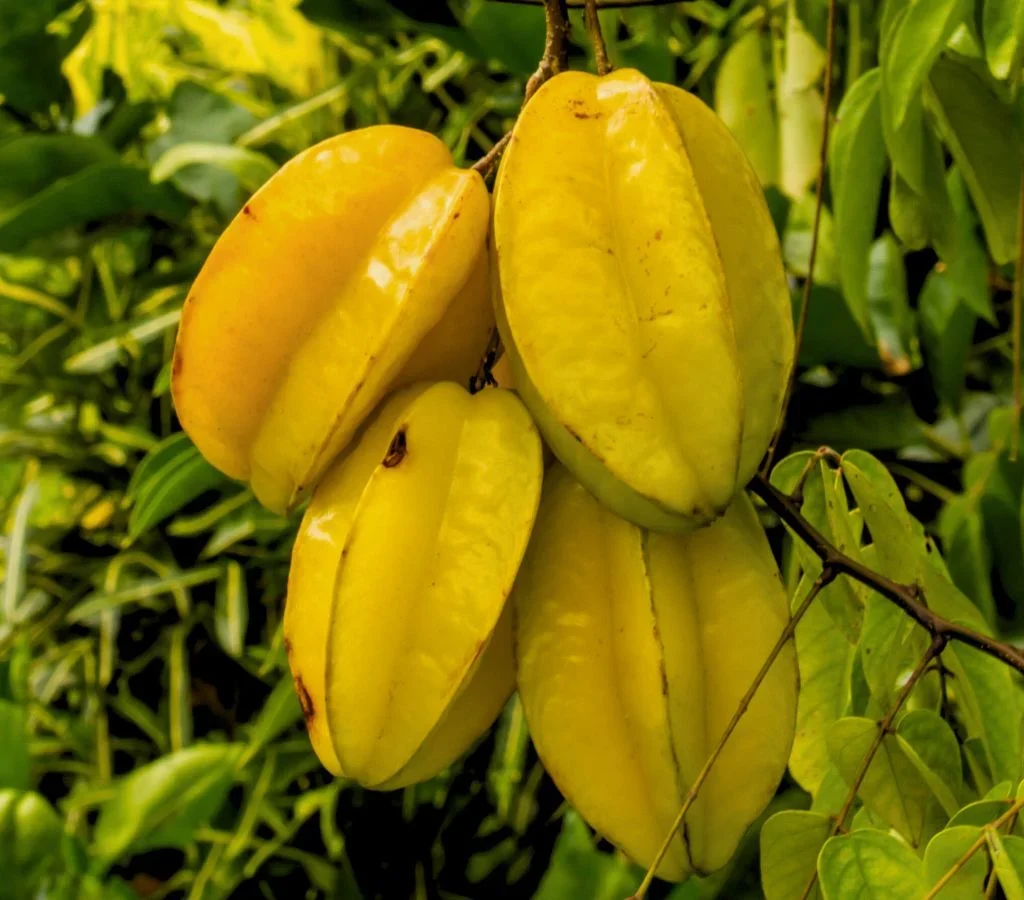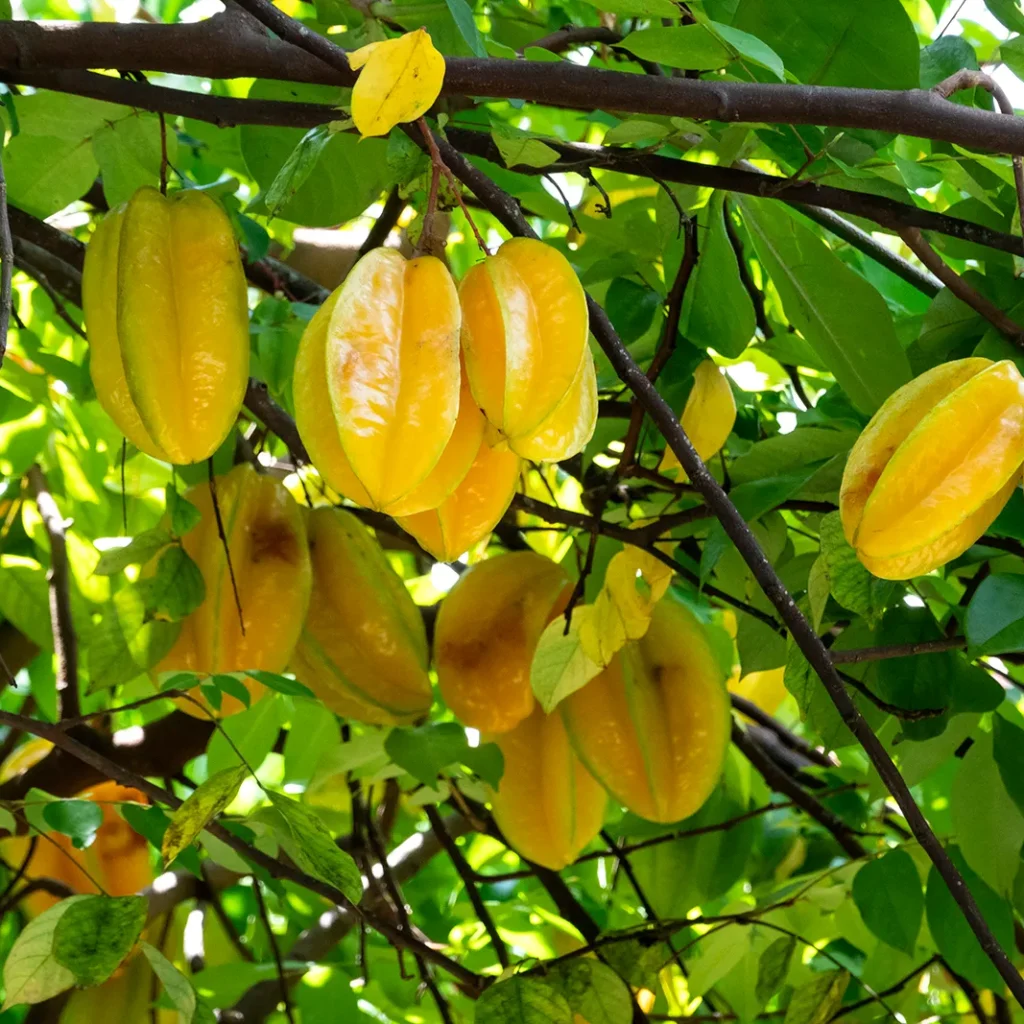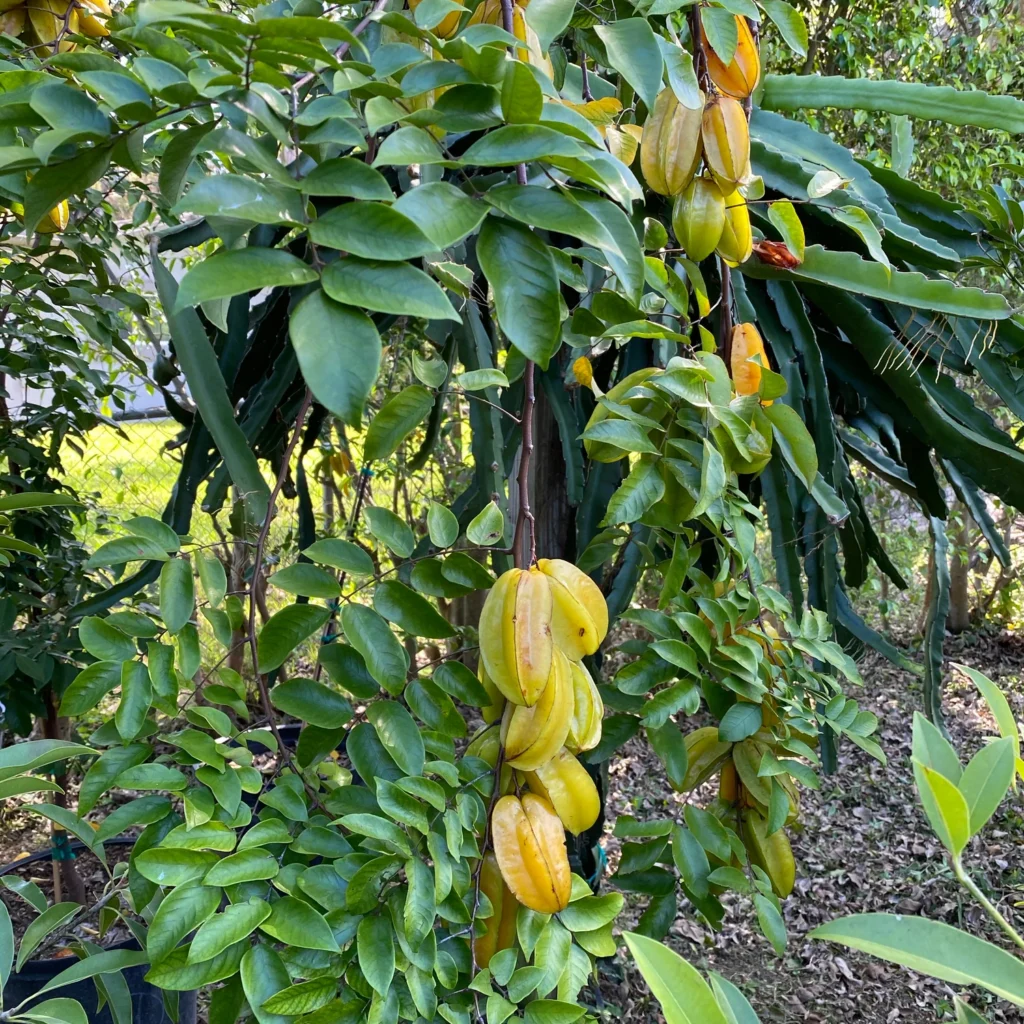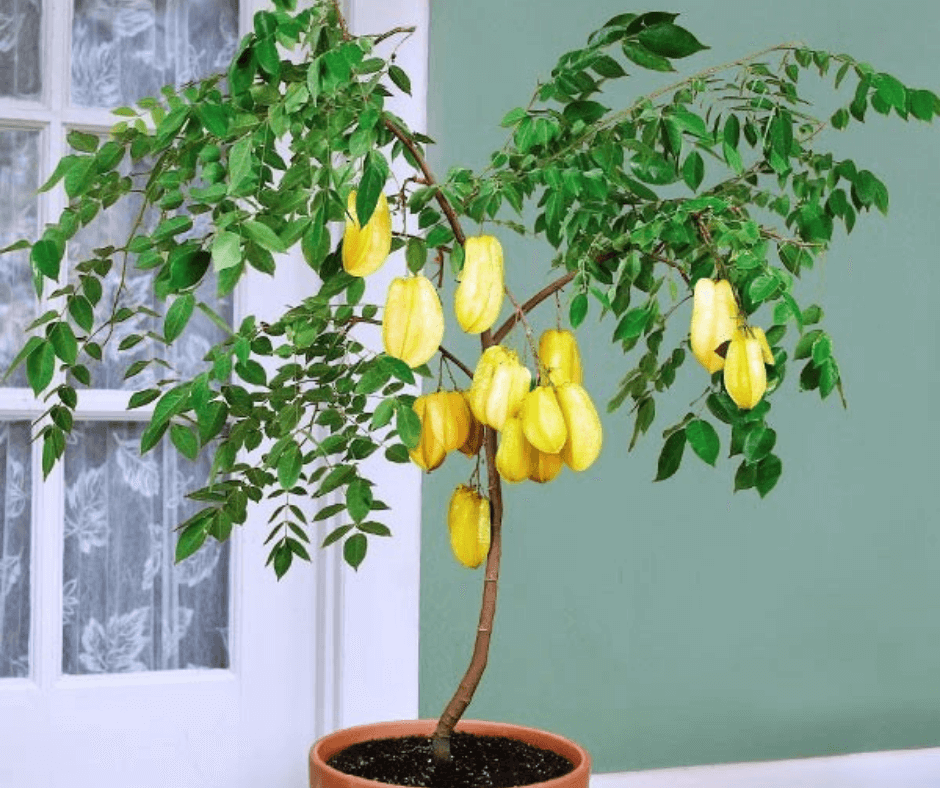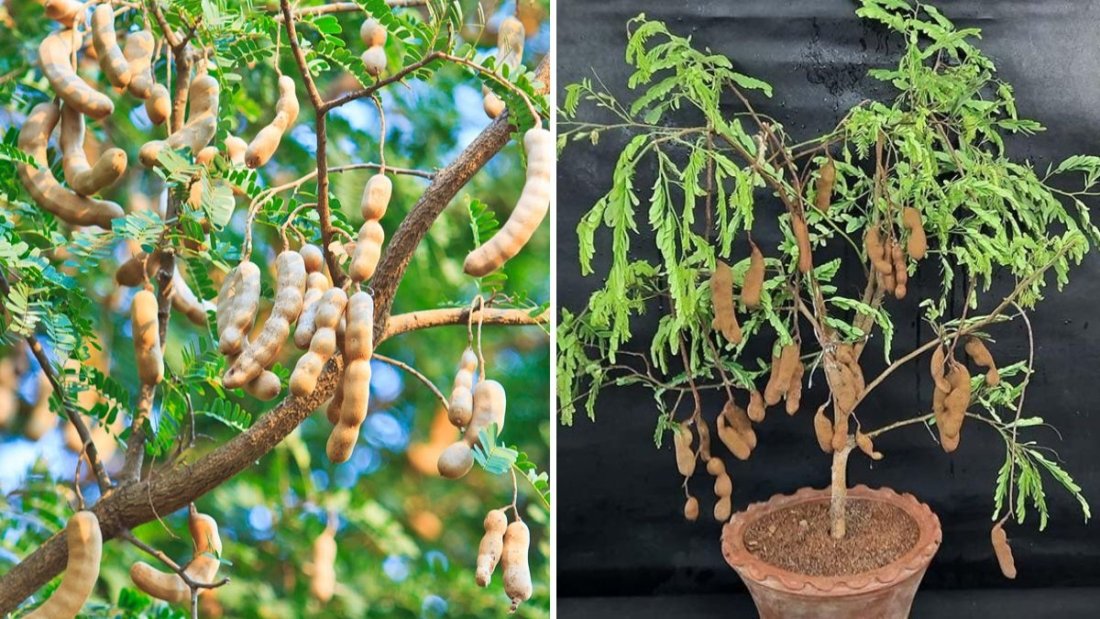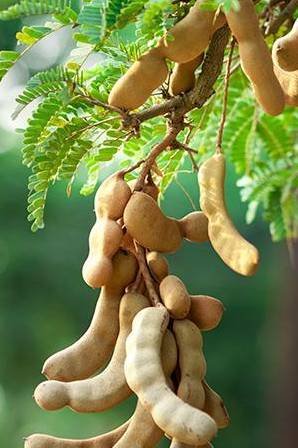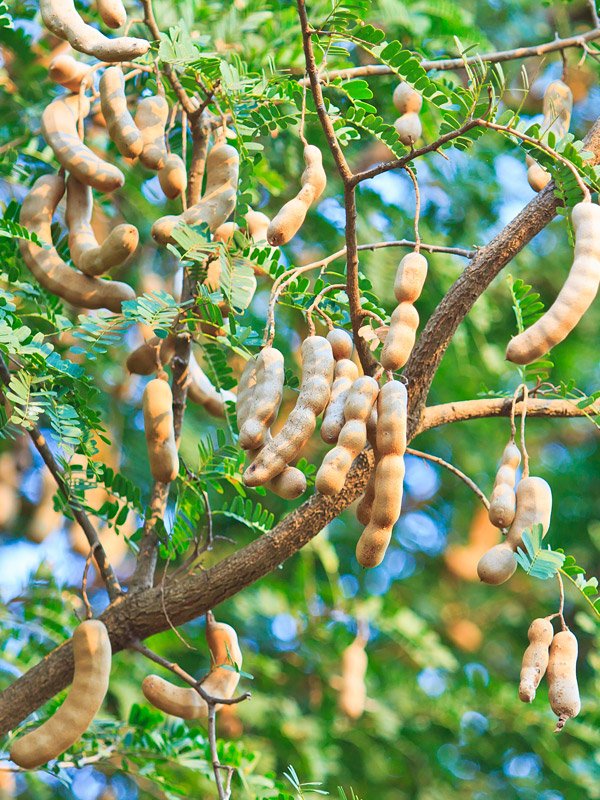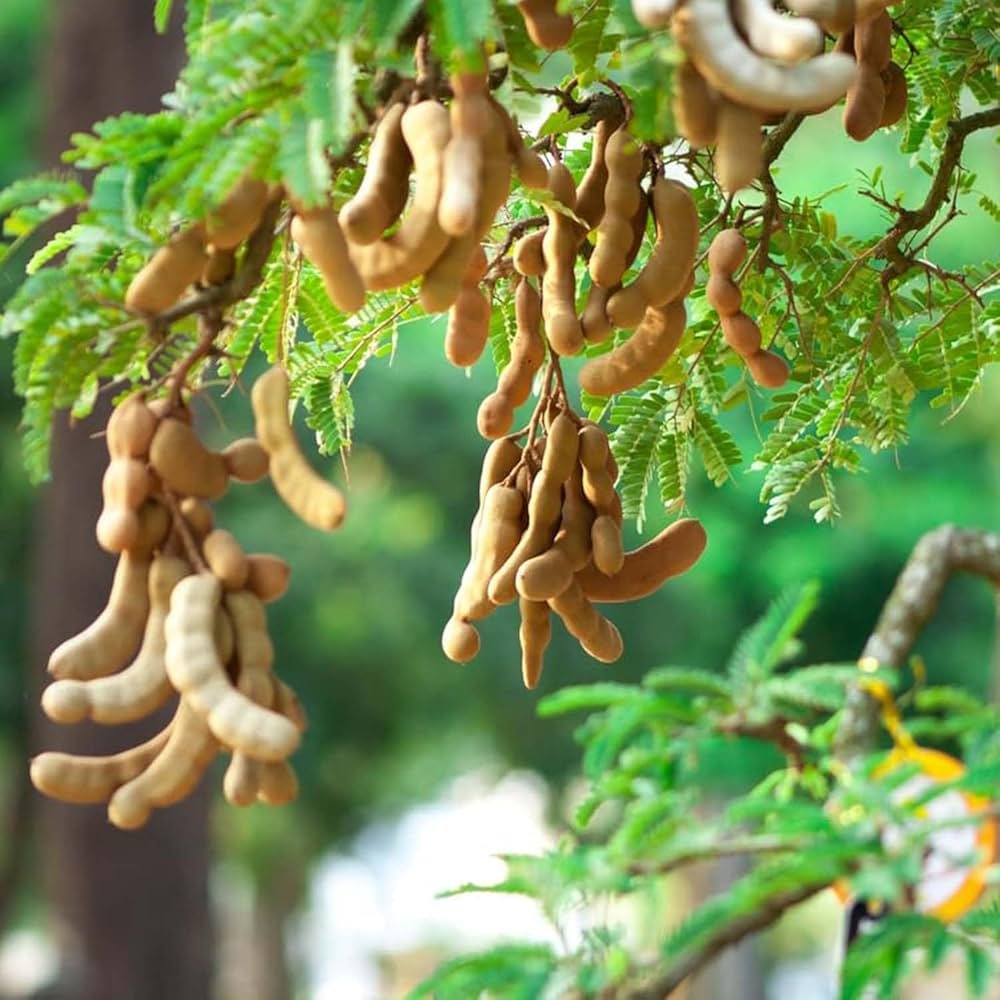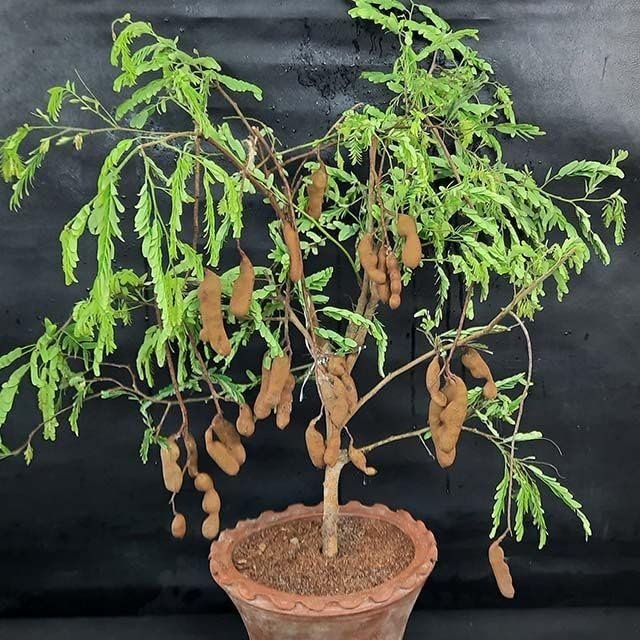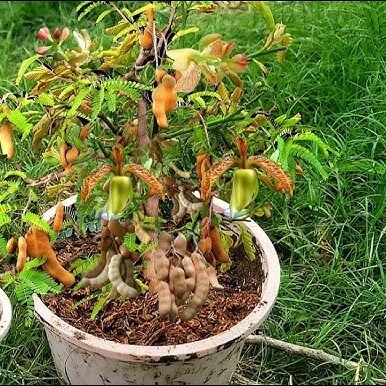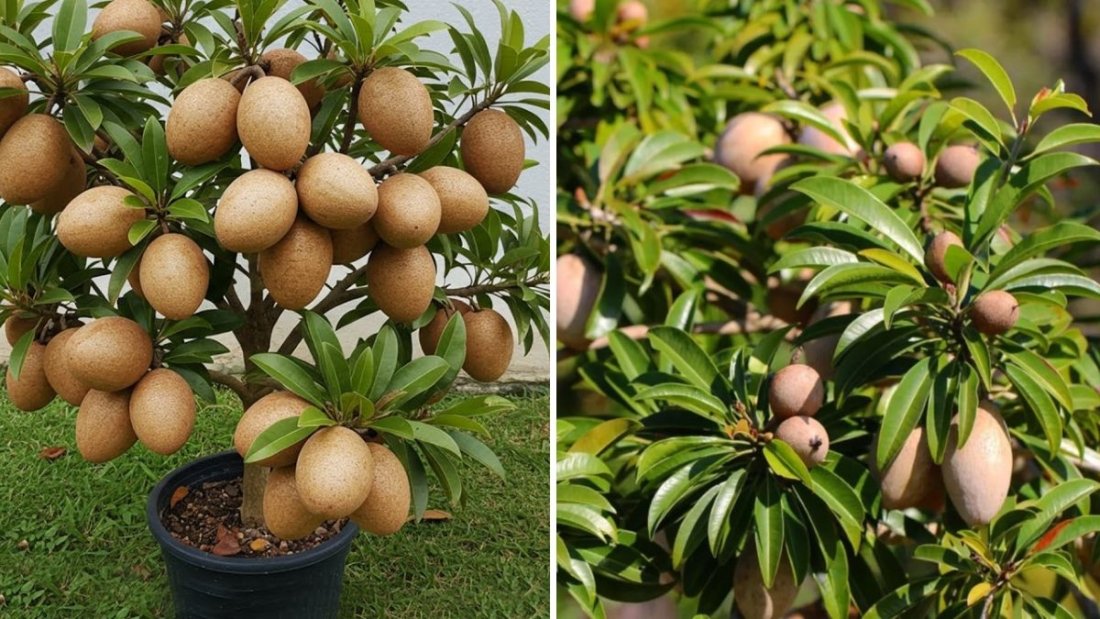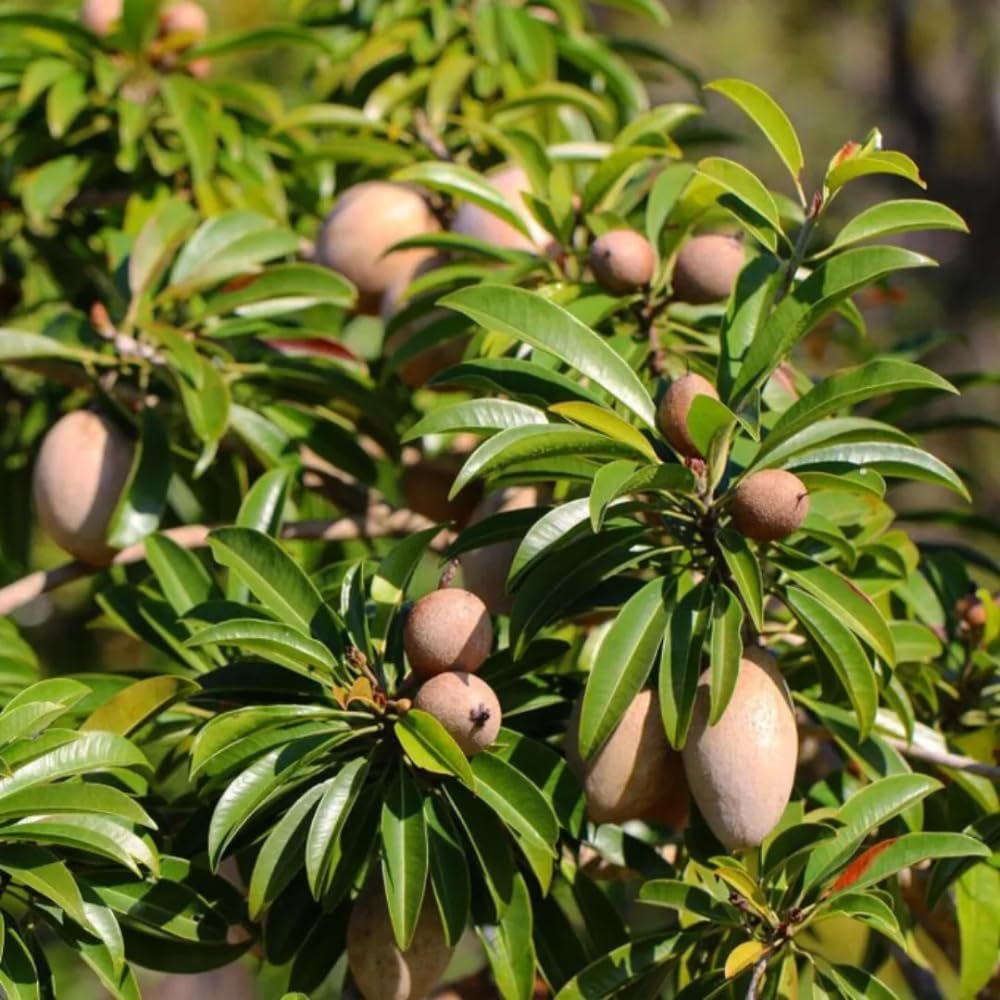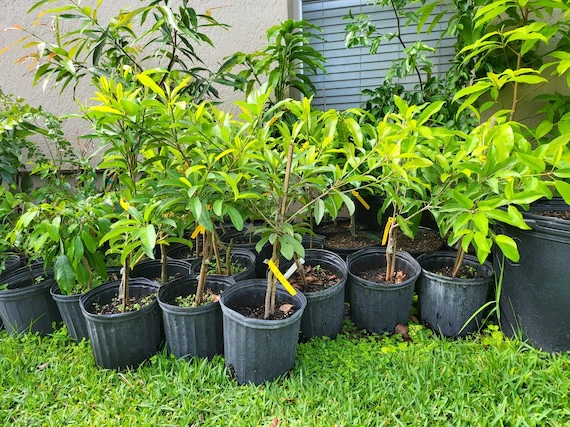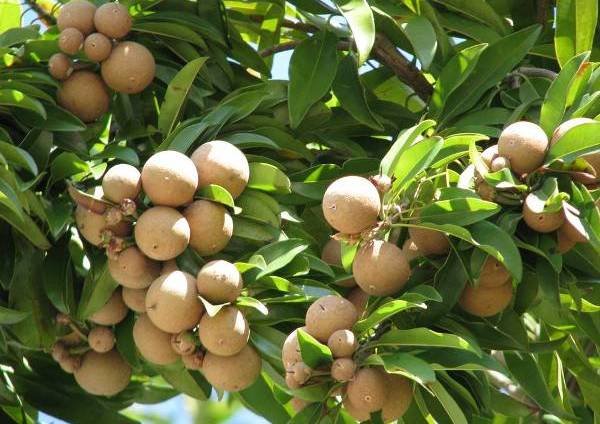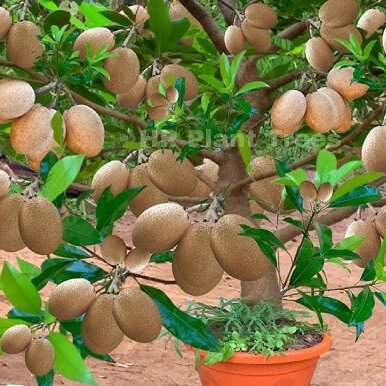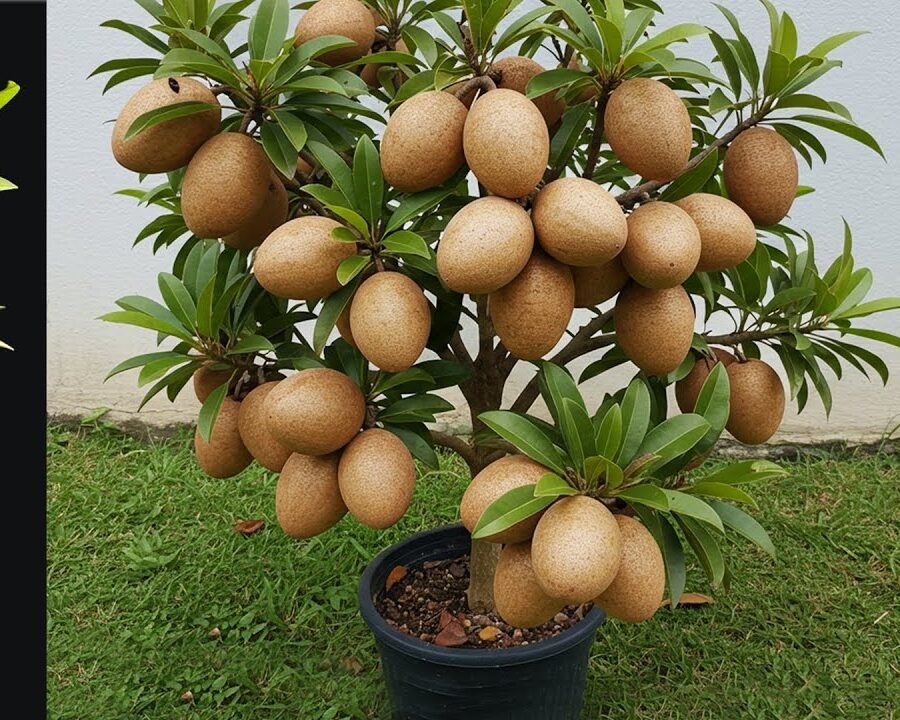The Doyenne du Comice pear, often called simply “Comice,” is one of the most celebrated pear varieties in the world. Known for its buttery texture, rich sweetness, and aromatic flavor, it’s often regarded as the “Queen of Pears.” For gardeners and orchard enthusiasts, this variety symbolizes luxury and quality — a fruit that’s as beautiful as it is delicious.
In this article, inspired by the video “Pear Variety Doyenne du Comice / How It Looks Like in Mid August / No Dig Organic Fruit Orchard,” we’ll explore the fascinating world of this exquisite pear variety. You’ll learn how the Doyenne du Comice grows, what it looks like in mid-August, and how to cultivate it successfully in a no-dig organic fruit orchard.
Whether you’re a beginner dreaming of your first pear tree or an experienced grower looking to expand your orchard, this guide will help you appreciate and grow this remarkable fruit to perfection.
The Story Behind the Doyenne du Comice Pear
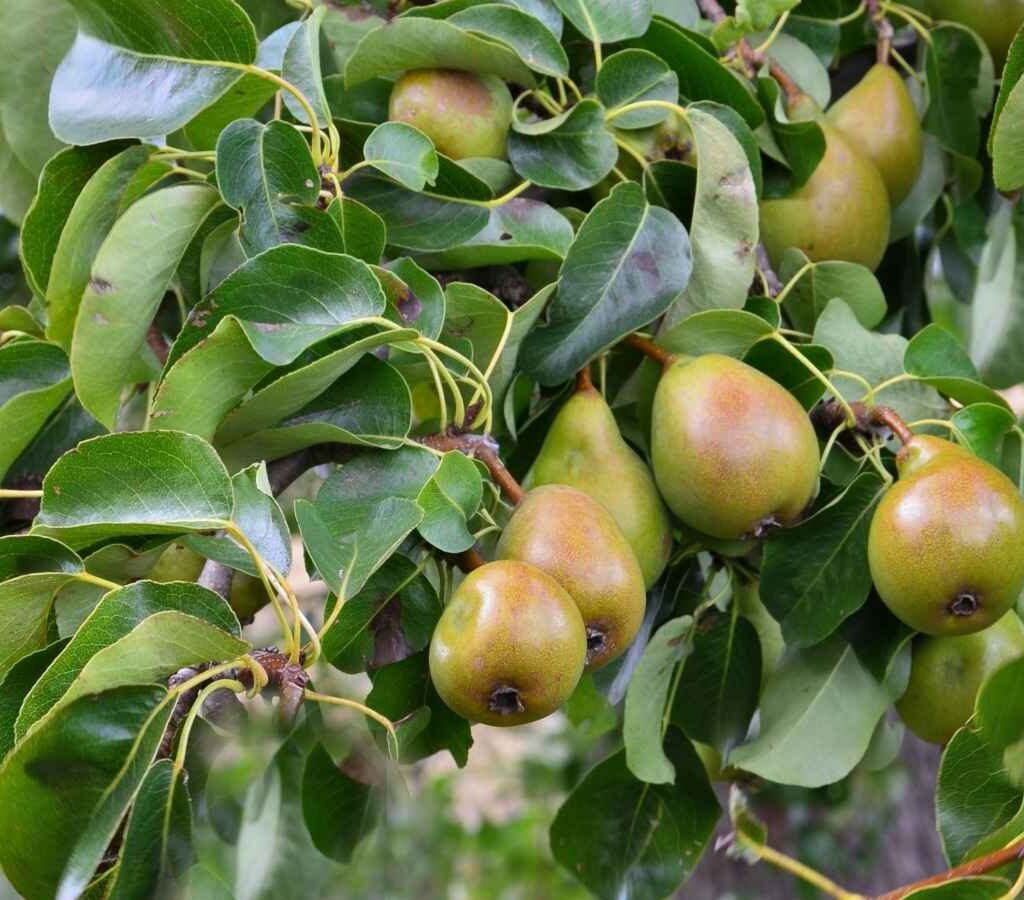
The Doyenne du Comice pear originated in France around the mid-19th century, bred at the Comice Horticole of Angers. It quickly gained fame across Europe and later in the United States for its exceptional eating quality.
This pear stands out for its:
- Smooth, buttery flesh that melts in your mouth
- Rich, aromatic sweetness with a floral undertone
- Rounded, plump shape and greenish-yellow skin often blushed with red
- Excellent dessert quality, often served fresh or with cheese
Unlike firmer pears such as Bosc or D’Anjou, Comice pears are delicate and bruise easily, which is why they’re less common in supermarkets but highly prized by home growers and specialty markets.
What the Comice Pear Looks Like in Mid-August
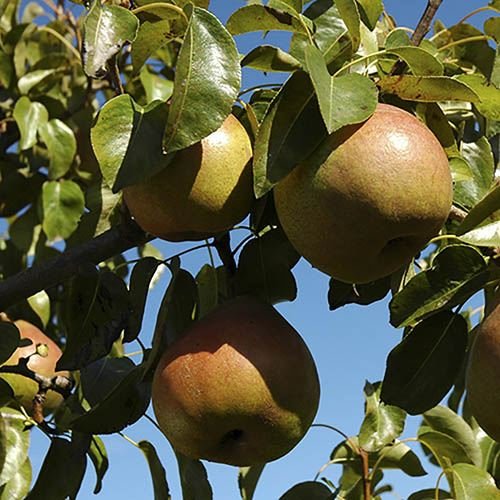
In mid-August, the Doyenne du Comice pear tree is in one of its most exciting stages — the fruits are developing, maturing, and beginning to show their signature color and form.
At this time of year:
- The fruits are plump but still firm, with a green base color and hints of red blush on the sun-exposed sides.
- The tree canopy is dense and lush, with dark green leaves providing natural shade for the fruit.
- The orchard is buzzing with pollinators, beneficial insects, and rich microbial life beneath the soil — especially in a no-dig organic system.
While the pears aren’t quite ready to harvest yet, August marks the final stage of fruit development. The sugars are forming, the skin is maturing, and the aroma becomes subtly noticeable as harvest season approaches in September or early October, depending on the region.
The No-Dig Organic Orchard Approach
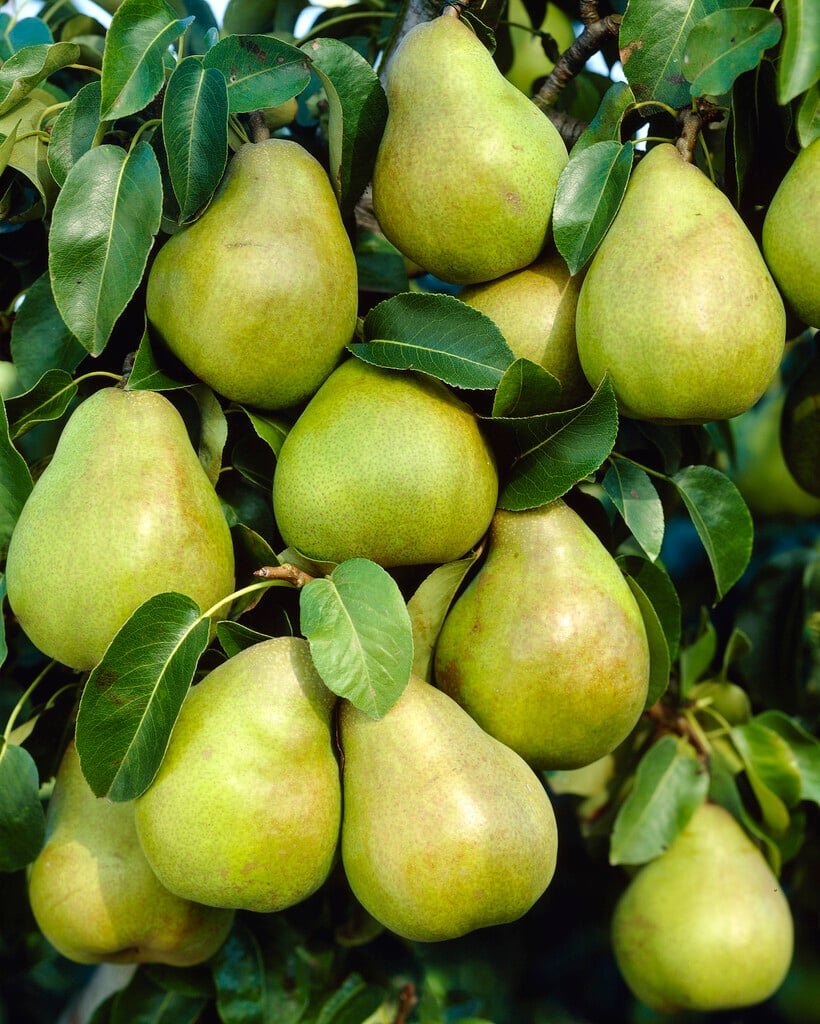
The phrase “no dig” refers to a sustainable gardening technique that avoids turning or disturbing the soil. Instead, organic matter such as compost, mulch, or leaf mold is layered on top, allowing nature to enrich and aerate the soil naturally through microbial and worm activity.
This method works beautifully for fruit orchards and offers several key benefits:
1. Improved Soil Health
By not digging, the soil structure remains intact. This encourages beneficial fungi and bacteria that help fruit trees absorb nutrients more efficiently.
2. Natural Weed Suppression
Thick mulch layers smother weeds while retaining moisture, reducing the need for manual weeding.
3. Enhanced Root Growth
The Doyenne du Comice, like most pear trees, benefits from strong, deep roots. A no-dig system allows roots to explore naturally without disruption.
4. Better Water Retention
Mulched soil holds water longer, keeping roots hydrated even during dry summer periods like mid-August.
5. Chemical-Free Fruit Production
No-dig orchards align perfectly with organic principles, using no chemical fertilizers or pesticides. Compost, compost teas, and natural amendments keep trees healthy and resilient.
How to Grow Doyenne du Comice Pears Organically
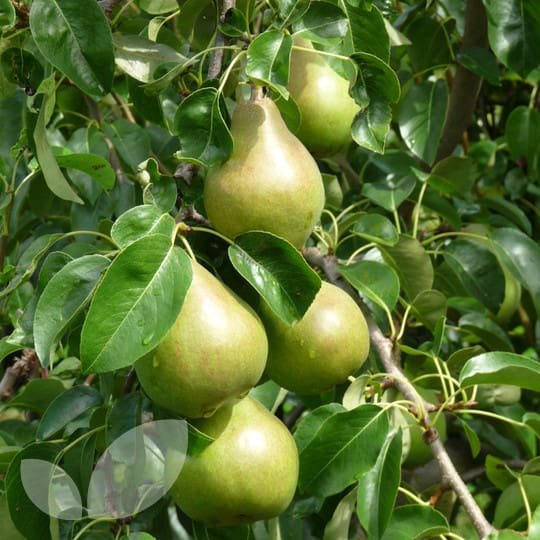
Growing this pear variety successfully requires patience and attention to detail, but the rewards are well worth the effort. Here’s how to cultivate your own organic Doyenne du Comice pear tree:
1. Choose the Right Location
Comice pears thrive in full sun—at least 6–8 hours of direct light daily. The soil should be fertile, loamy, and well-draining. Avoid areas prone to standing water or heavy clay that stays soggy.
2. Prepare the Soil (No-Dig Style)
Instead of digging, start by layering:
- Cardboard or newspaper (to suppress weeds)
- Compost or well-rotted manure (2–4 inches thick)
- Mulch layer such as straw, leaves, or wood chips
This method mimics natural forest soil and provides a nutrient-rich base for the tree.
3. Planting the Tree
Plant in late winter or early spring while the tree is dormant. If bareroot, soak roots for 4–6 hours before planting. Position the graft union 2 inches above the soil line. Water deeply after planting and apply mulch around the base.
4. Watering and Feeding
In the first few years, ensure consistent watering — about once or twice weekly, depending on rainfall. Mature trees are more drought-tolerant but appreciate deep watering during dry spells.
Feed annually with organic compost or liquid seaweed fertilizer to boost growth and fruit production.
5. Pollination Requirements
Comice pears are not self-pollinating, meaning they need another pear variety for successful fruiting. Compatible pollinators include:
- Conference
- Bosc
- D’Anjou
- Williams (Bartlett)
Plant these nearby or within 50–100 feet to ensure cross-pollination by bees.
Pruning and Training for Best Yields
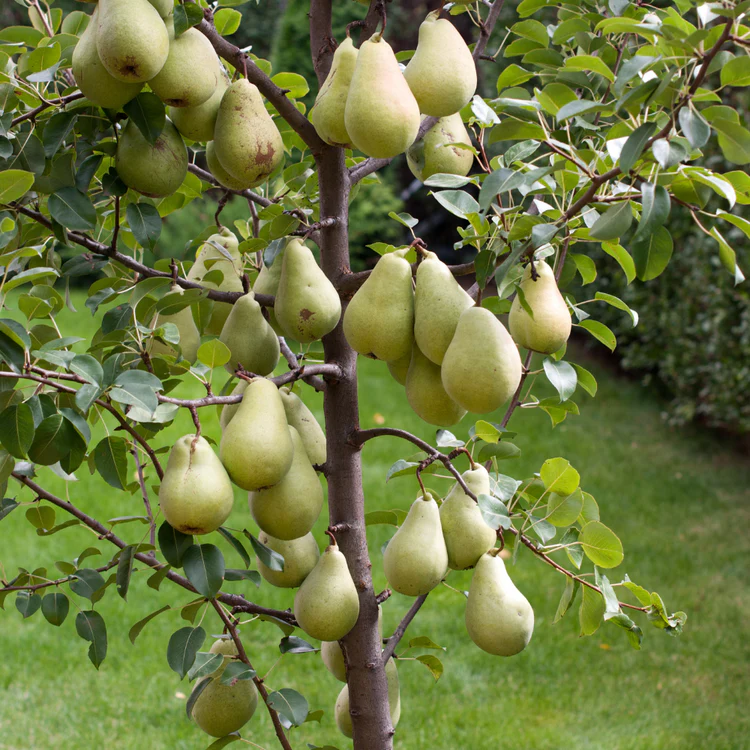
Proper pruning shapes the tree, promotes airflow, and increases sunlight penetration. For the Doyenne du Comice, this is especially important because the fruits are large and the branches need strength to support them.
Winter Pruning
- Remove dead, damaged, or crossing branches.
- Thin out dense areas to improve airflow.
- Maintain a central leader or open vase shape for even light distribution.
Summer Pruning (Light)
After fruit set, remove excess shoots or water sprouts to redirect energy into ripening fruit.
Training Options
In no-dig orchards, trees are often trained naturally, but you can also espalier them along fences or trellises for space-saving and aesthetic appeal.
Pest and Disease Management (Organically)
Comice pears are moderately resistant to many diseases but can occasionally face challenges like pear scab, codling moths, and aphids. The key to control lies in preventive organic care:
- Neem oil or insecticidal soap sprays deter aphids and mites.
- Kaolin clay sprays protect fruits from moth larvae.
- Compost teas and seaweed sprays strengthen the tree’s immune system.
- Keep the area under trees clean — remove fallen fruit and leaves to prevent fungal buildup.
Encourage beneficial insects like ladybugs, lacewings, and hoverflies by planting nectar-rich flowers nearby such as yarrow, alyssum, and calendula.
Harvesting and Ripening the Comice Pear
The Doyenne du Comice pear ripens later in the season, usually from mid-September to October, depending on climate. But in mid-August, the fruits are nearing their final stage of development — still firm, but gaining weight and sugar.
How to Know When They’re Ready
Comice pears are picked before they’re fully ripe. When ready for harvest:
- The fruit feels slightly firm but not hard.
- The skin color lightens from dark green to a softer greenish-yellow.
- The stem separates easily from the branch with a gentle twist.
Ripening After Harvest
Comice pears ripen beautifully indoors at room temperature. For best results:
- Store freshly harvested pears in a cool, dark place for a few days.
- Move them to room temperature to ripen evenly.
- Once ripe, refrigerate to extend their shelf life.
When perfectly ripe, the pear yields slightly to pressure near the stem and releases a delicate, floral fragrance.
Enjoying the Fruits of Your Labor
Few fruits rival the Doyenne du Comice for pure indulgence. Its creamy, sweet flesh makes it ideal for fresh eating, elegant desserts, and cheese pairings.
Try these serving ideas:
- Serve slices with brie or blue cheese for a gourmet appetizer.
- Drizzle honey and crushed nuts over fresh pear halves for a simple dessert.
- Poach in white wine with vanilla and cinnamon for a classic French treat.
Why the Doyenne du Comice Belongs in Every Organic Orchard
The Doyenne du Comice pear isn’t just another fruit tree — it’s a heritage variety that combines flavor, beauty, and sustainability. In a no-dig organic orchard, it thrives naturally, nourished by living soil, pollinated by bees, and protected by biodiversity.
Watching these pears mature through the summer, especially around mid-August, is a rewarding experience. The fruits swell, the orchard hums with life, and anticipation builds for the autumn harvest.
By adopting no-dig and organic methods, you nurture both your trees and the ecosystem — ensuring that every pear you pick is not only delicious but also grown in harmony with nature.
Final Thoughts
The Doyenne du Comice is more than a fruit; it’s a celebration of nature’s craftsmanship — a pear that embodies elegance, patience, and purity. Its journey from green fruit in August to a buttery delicacy in autumn captures the magic of organic fruit growing.
Whether you have a single tree in your backyard or an entire no-dig orchard, cultivating the Comice pear brings you closer to the timeless rhythm of the seasons — where rich soil, gentle care, and natural growth come together to produce something truly extraordinary.
